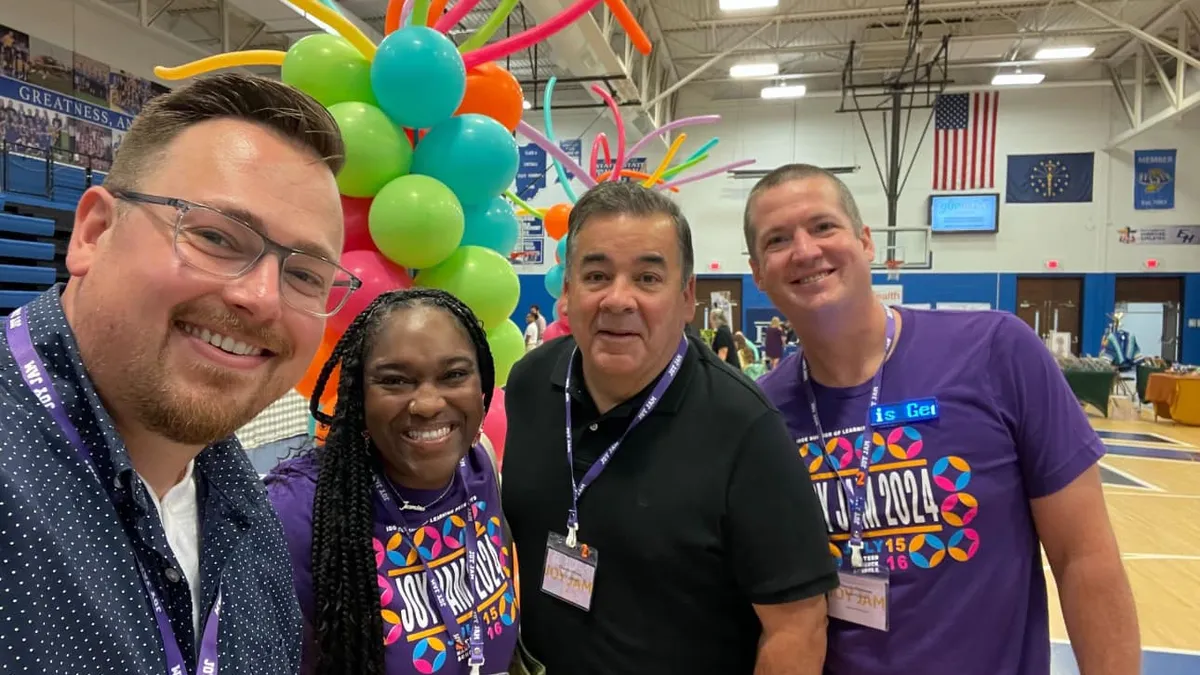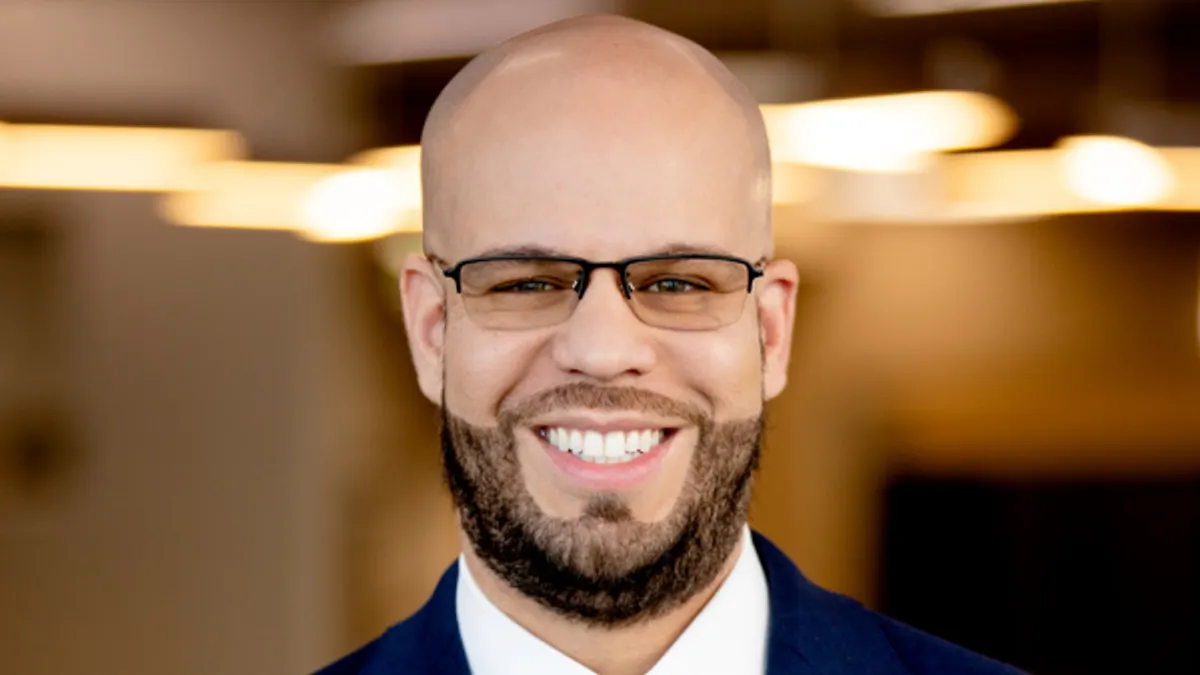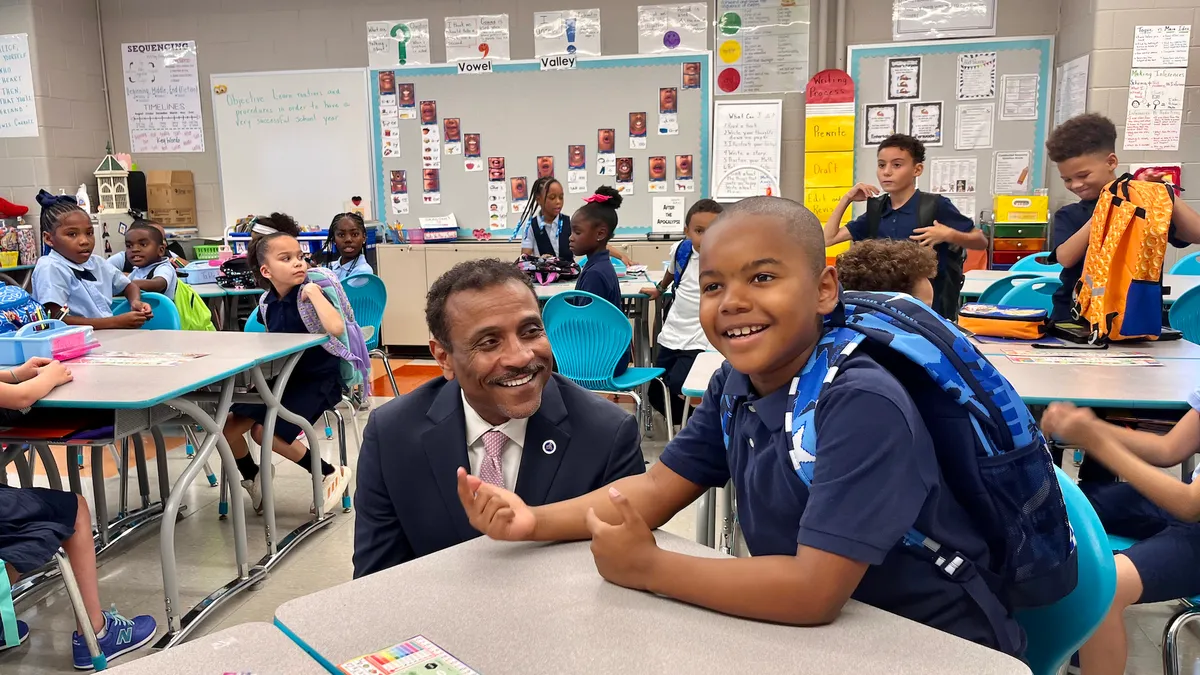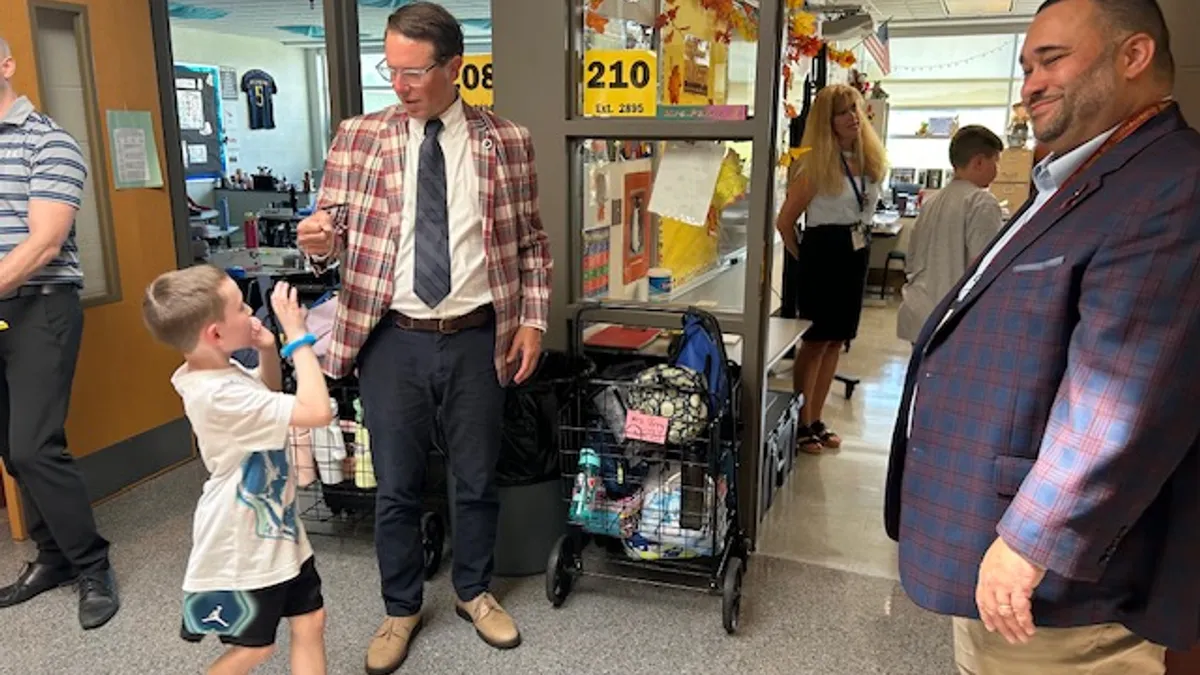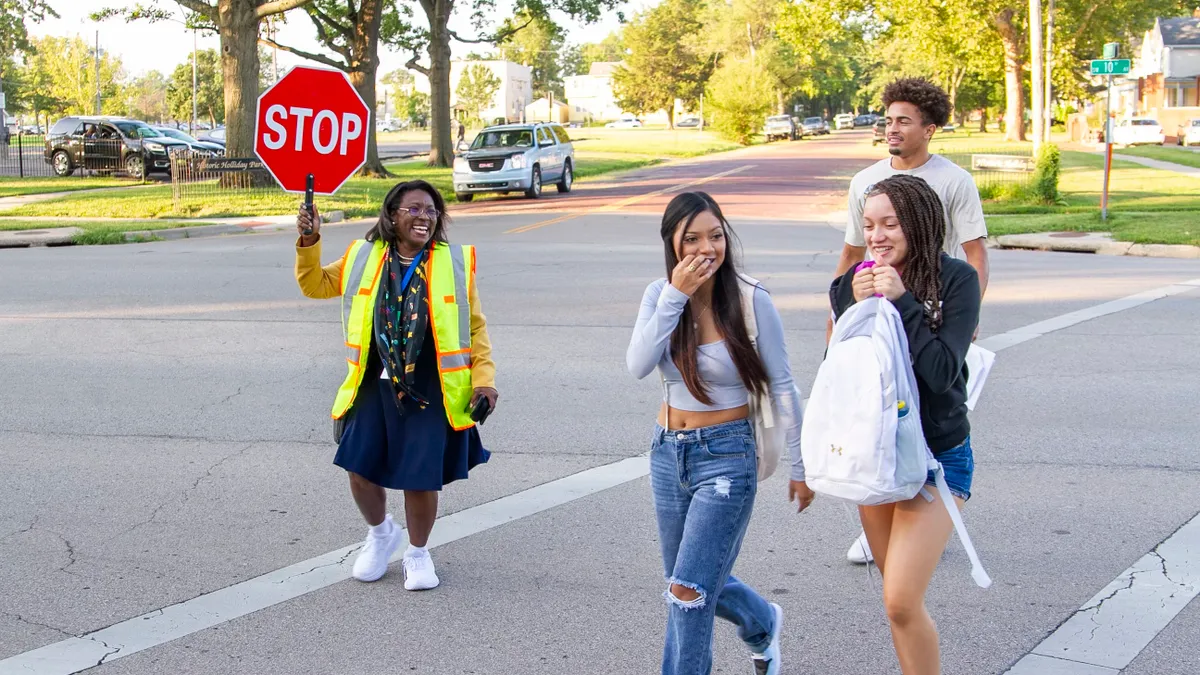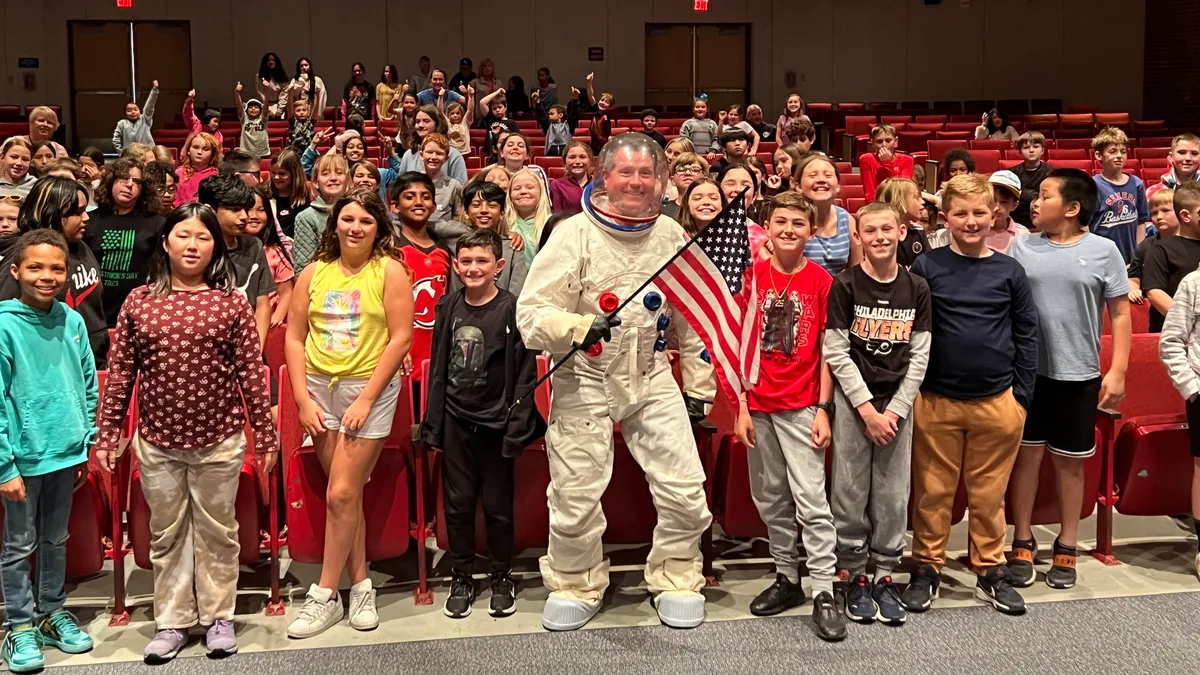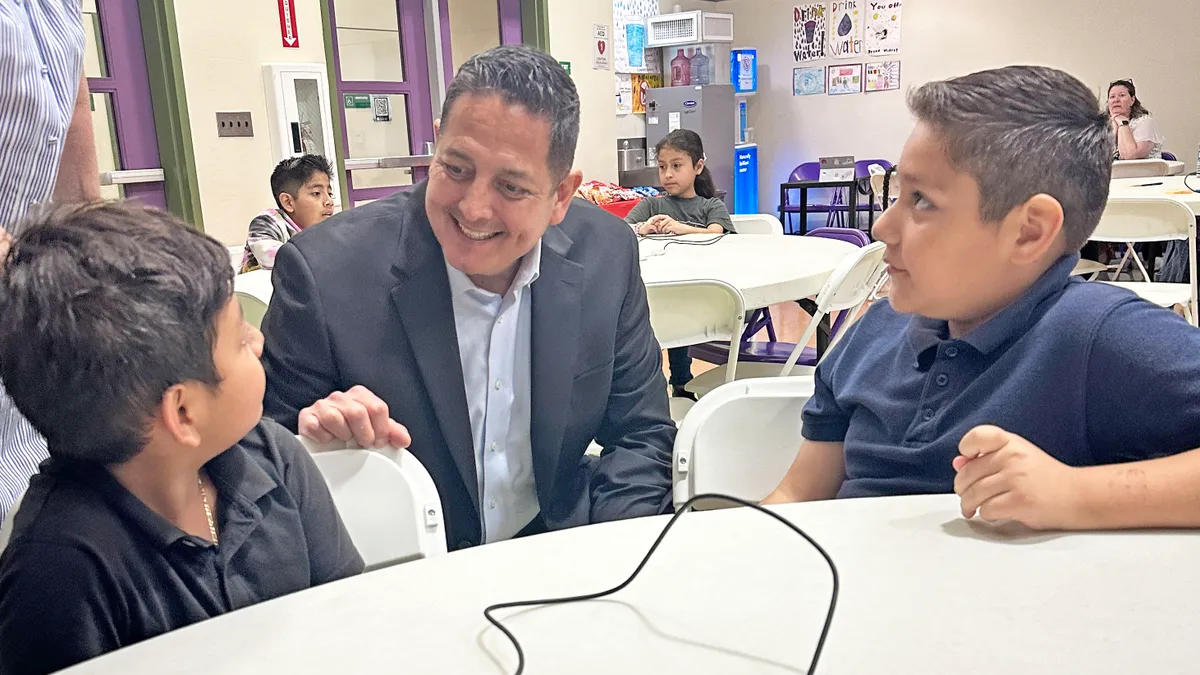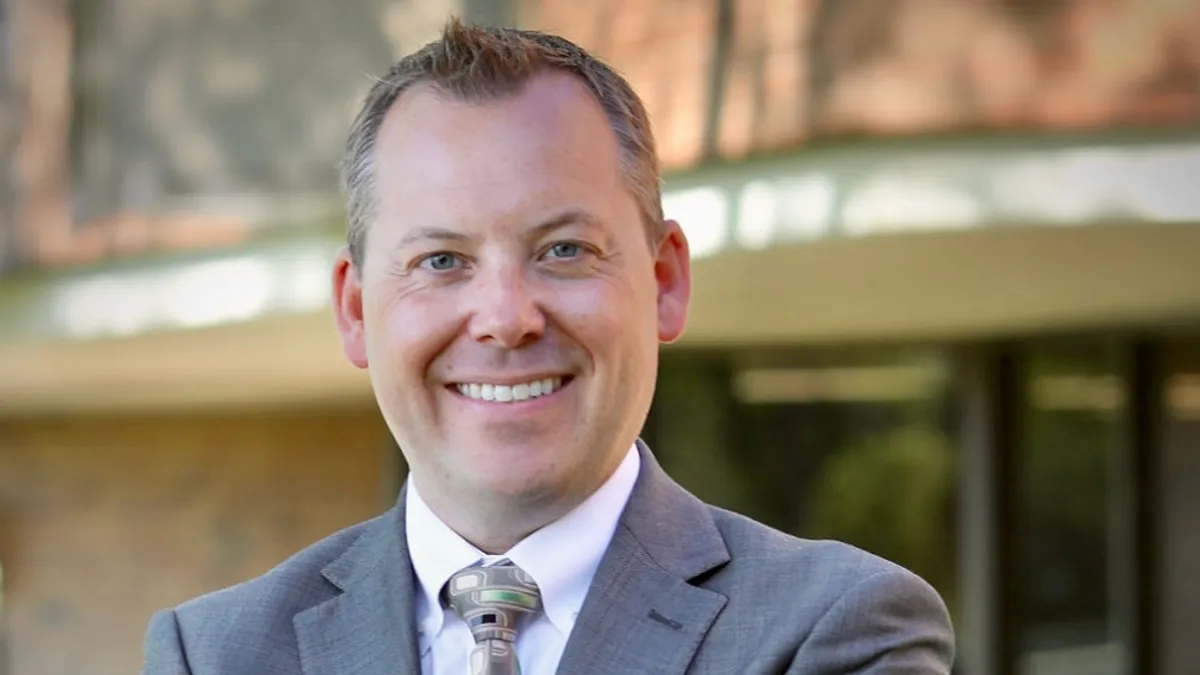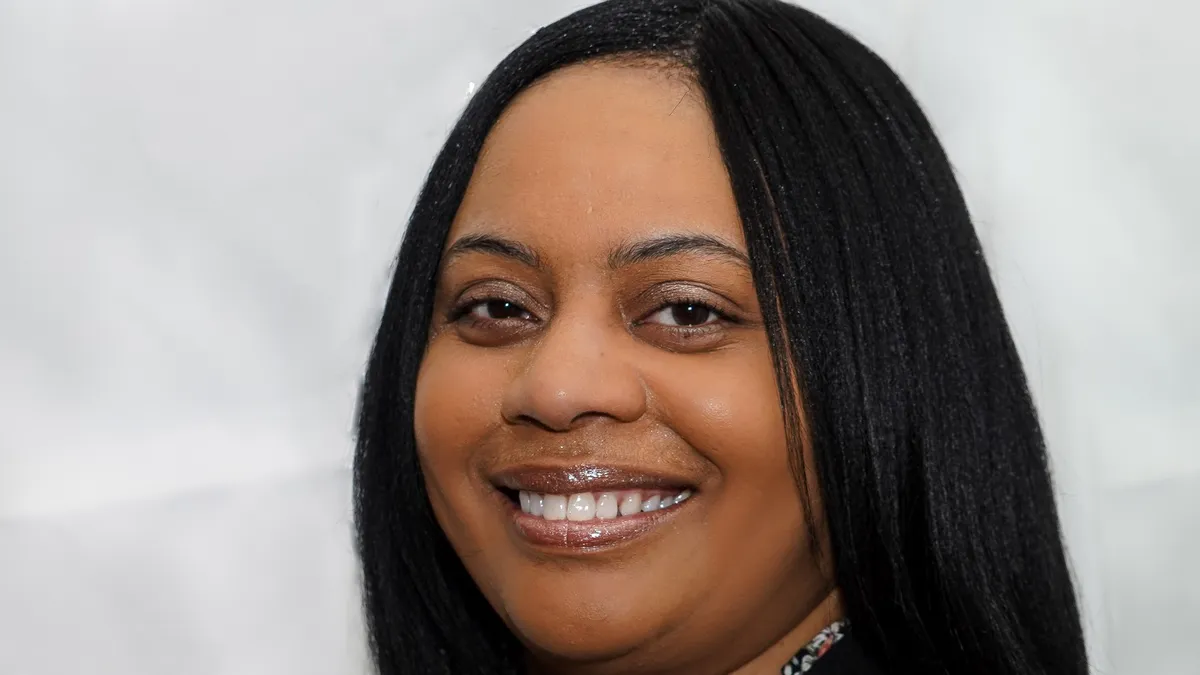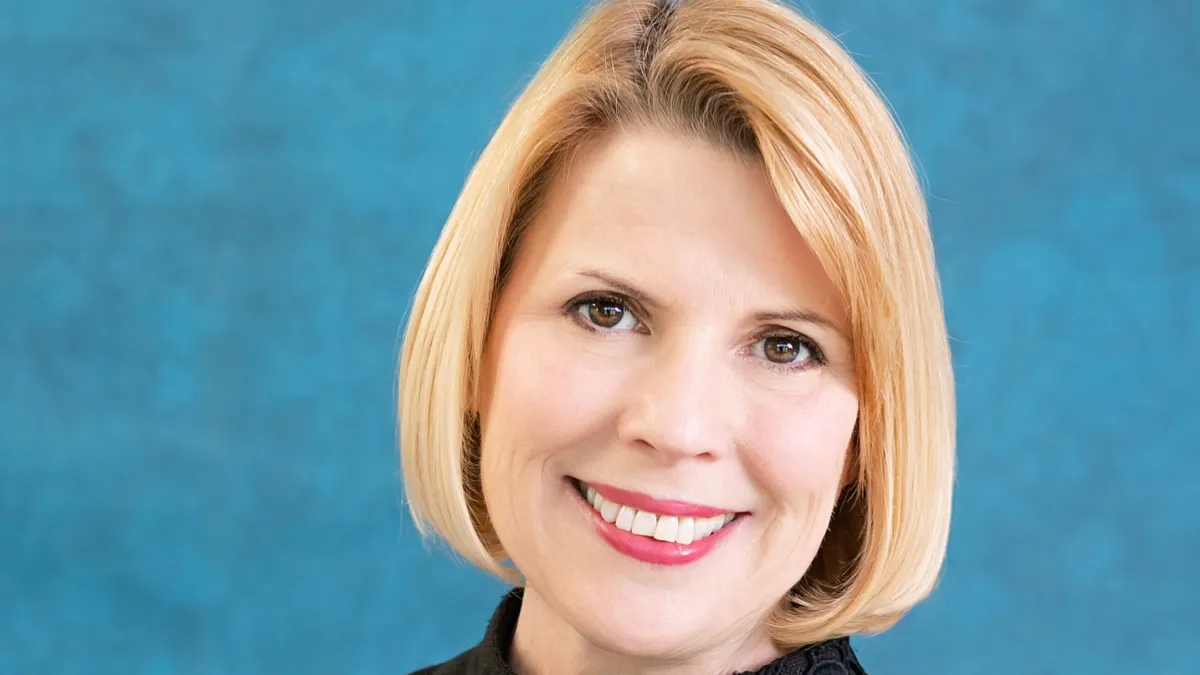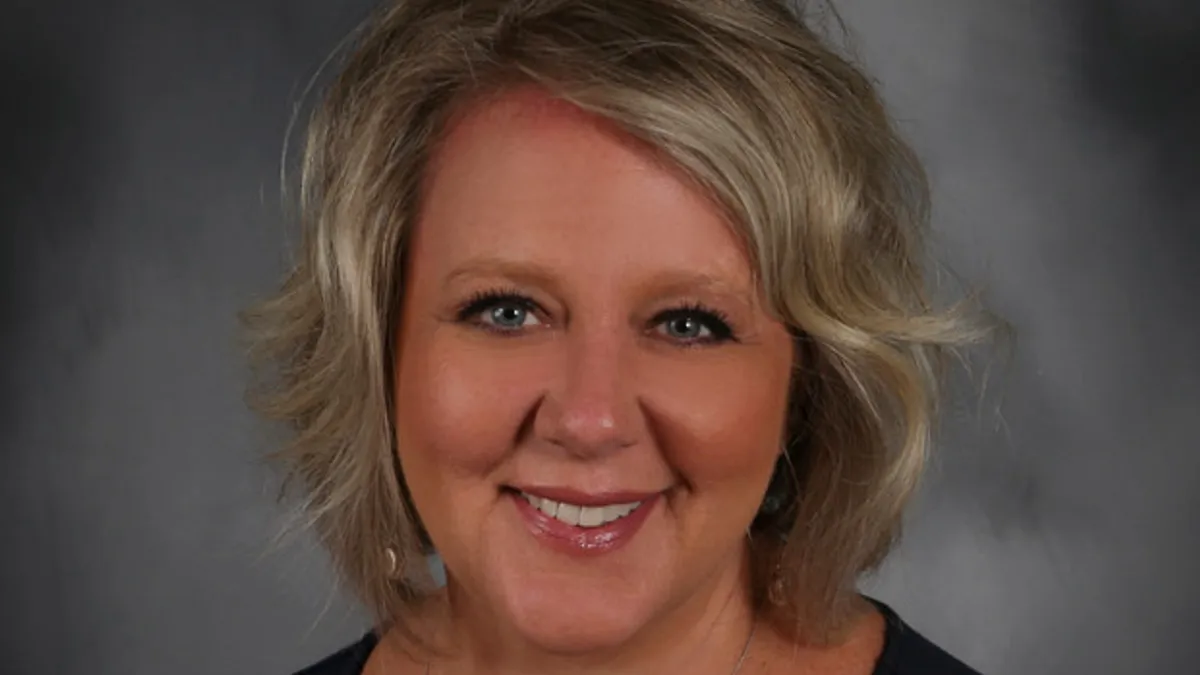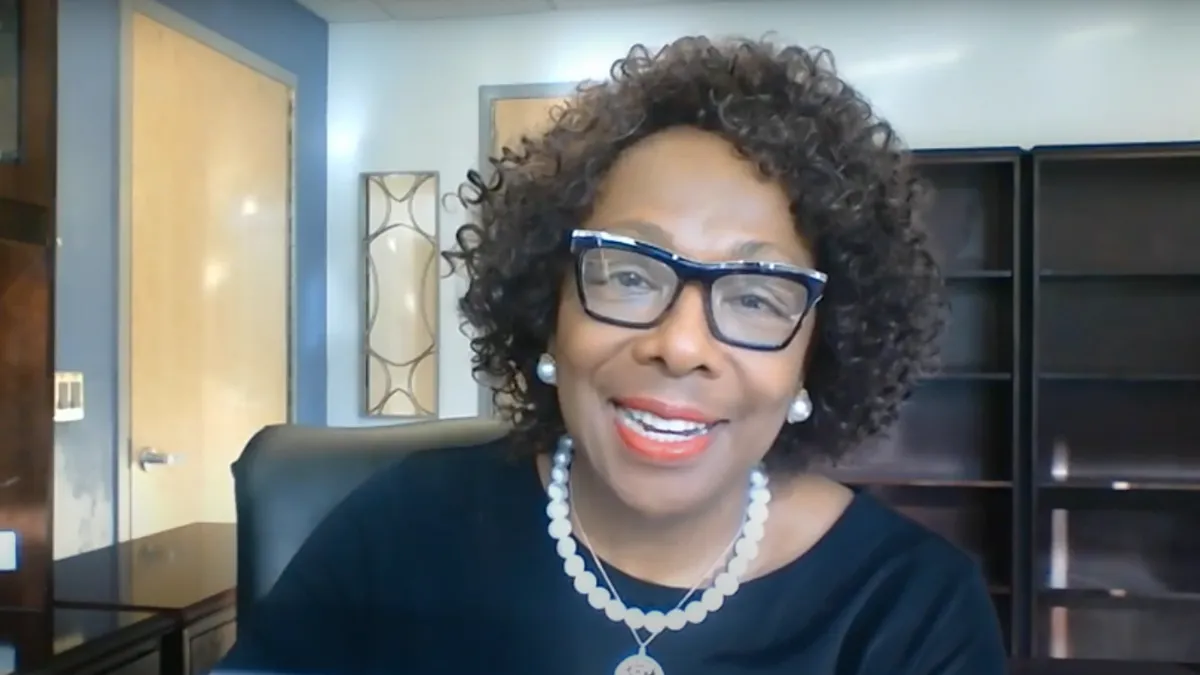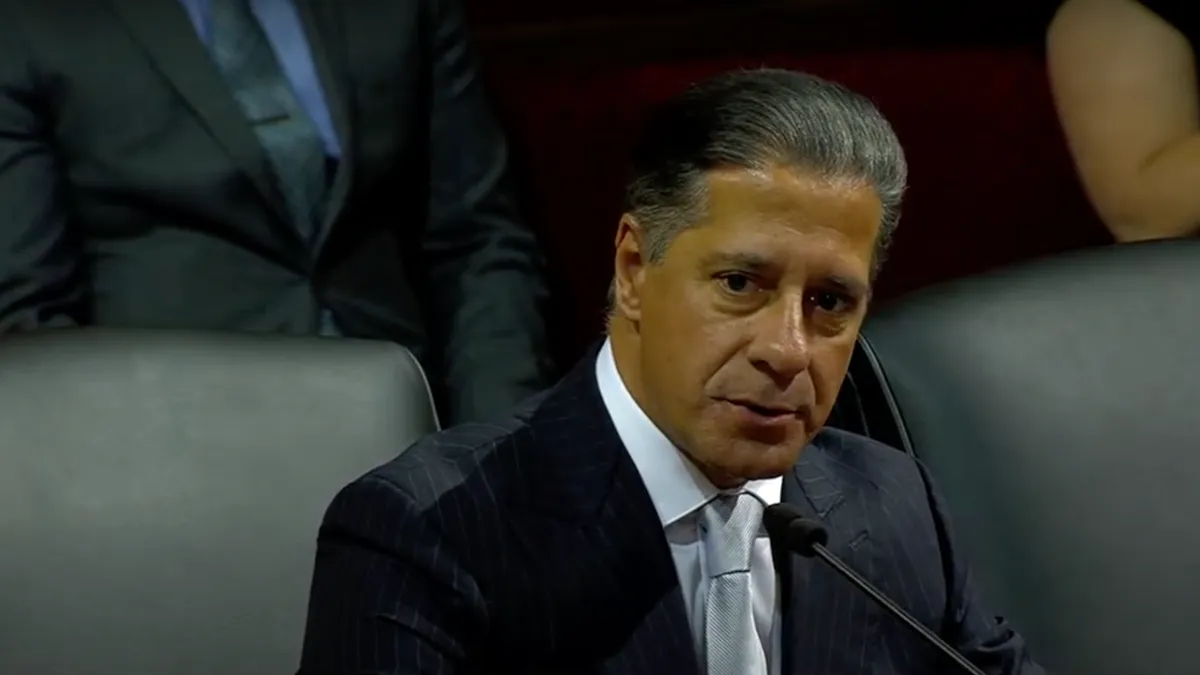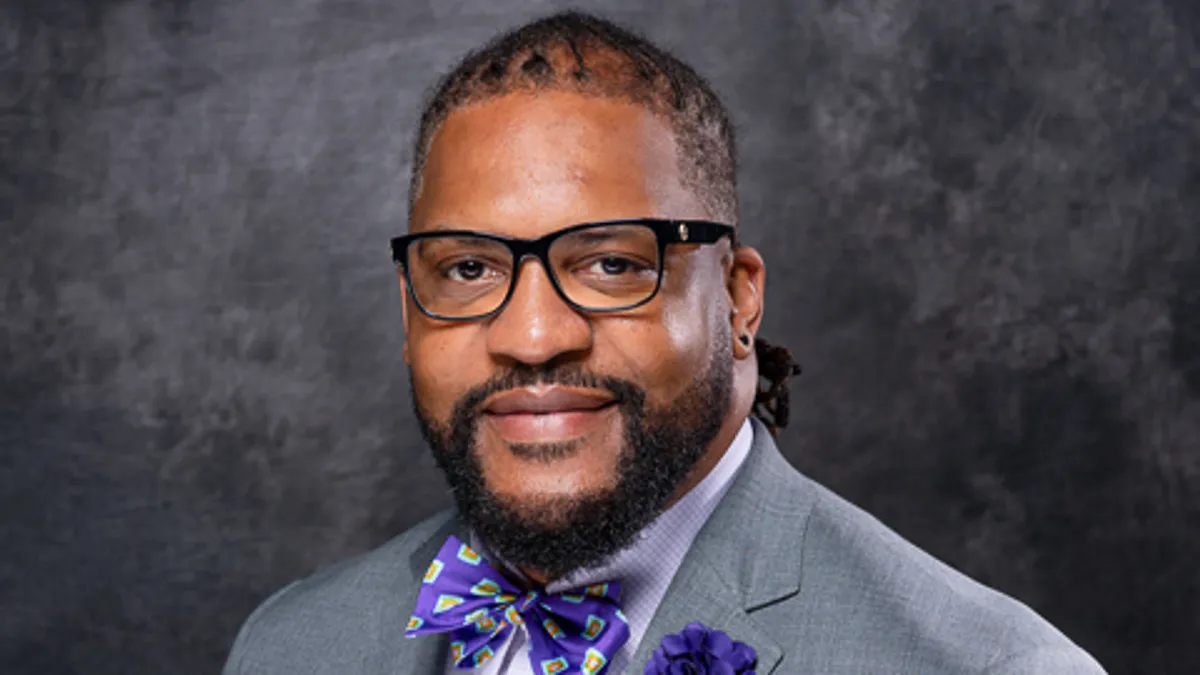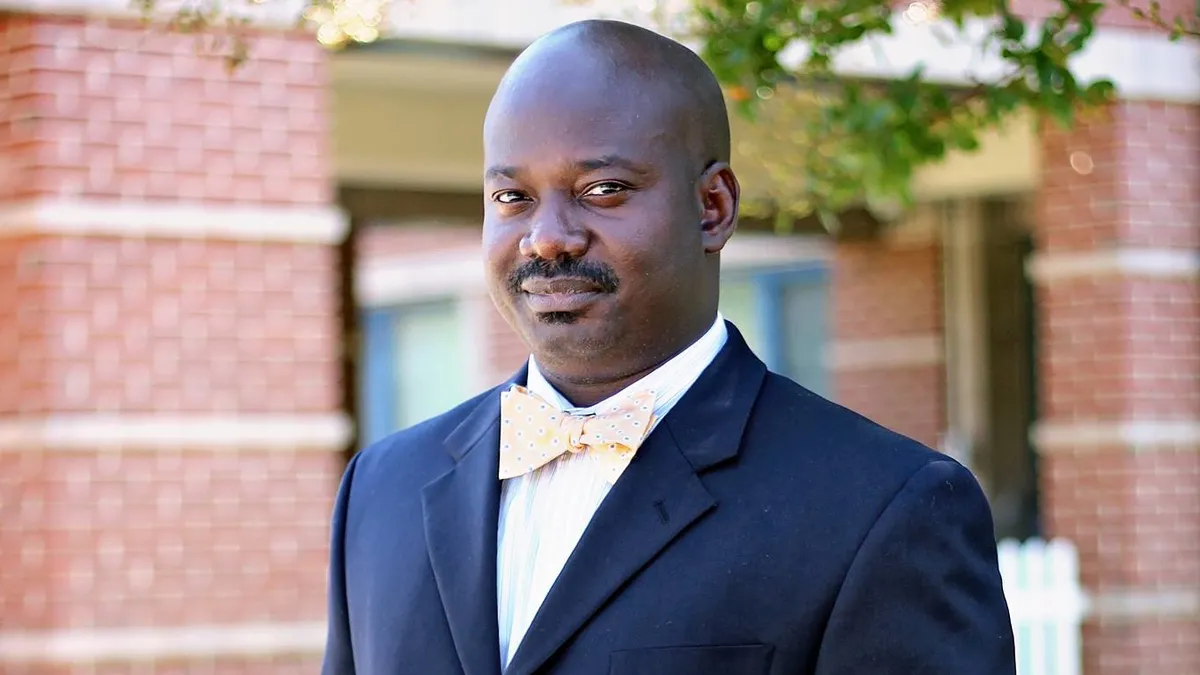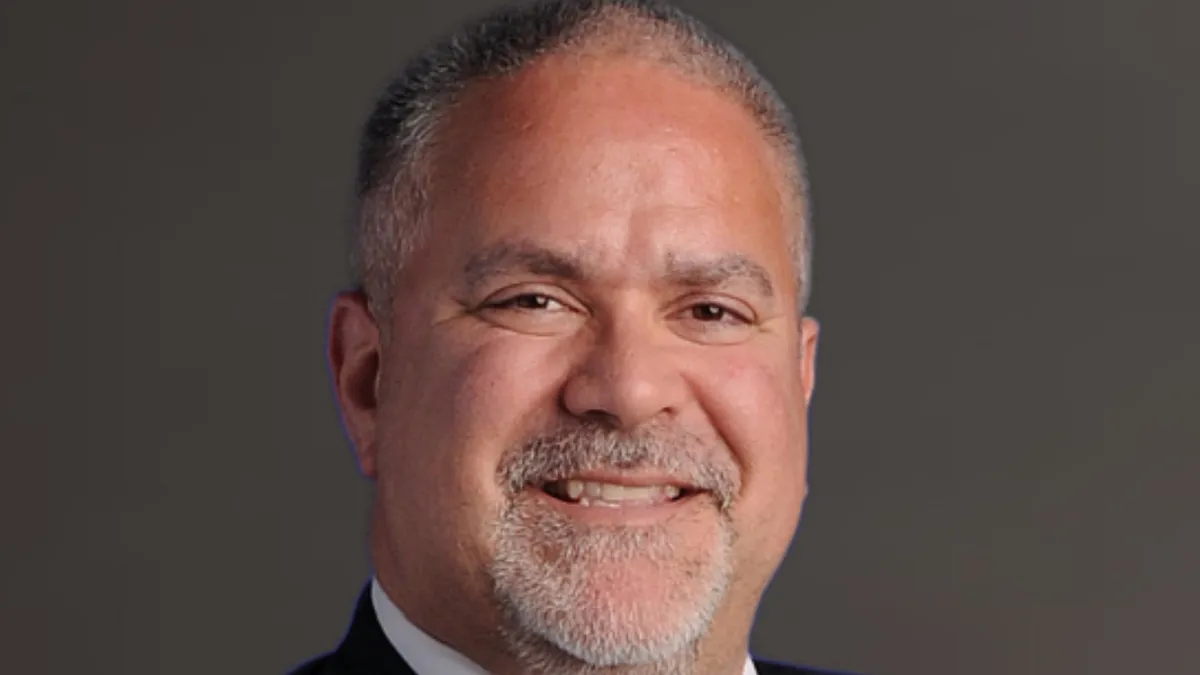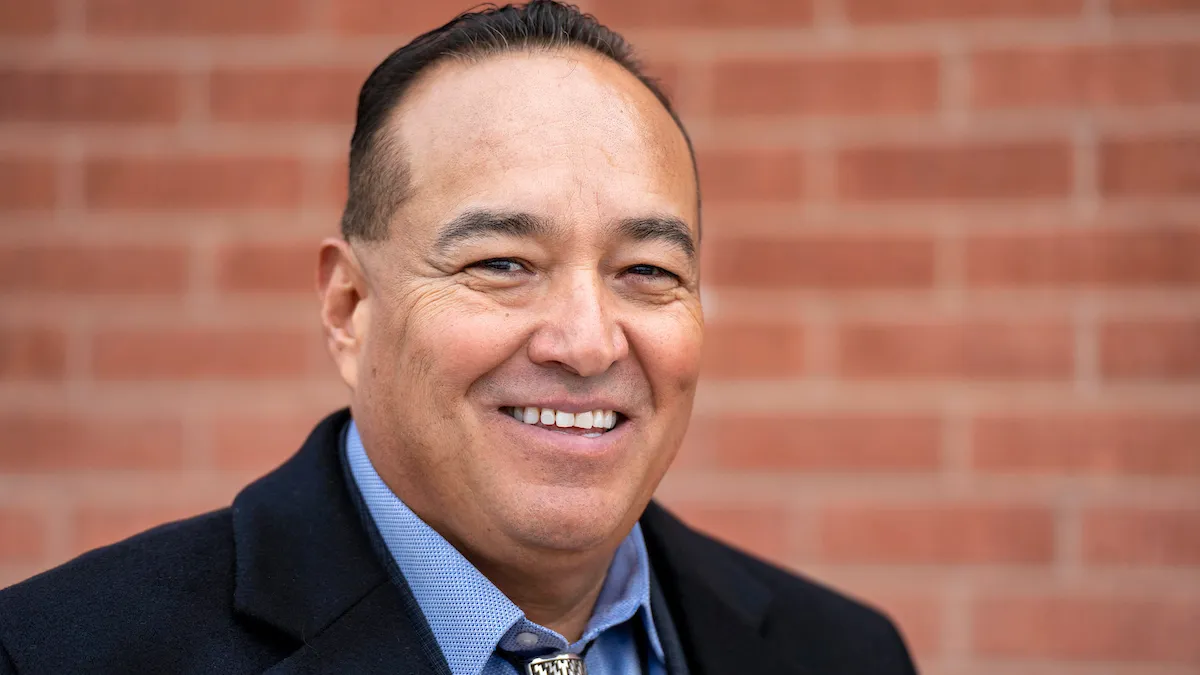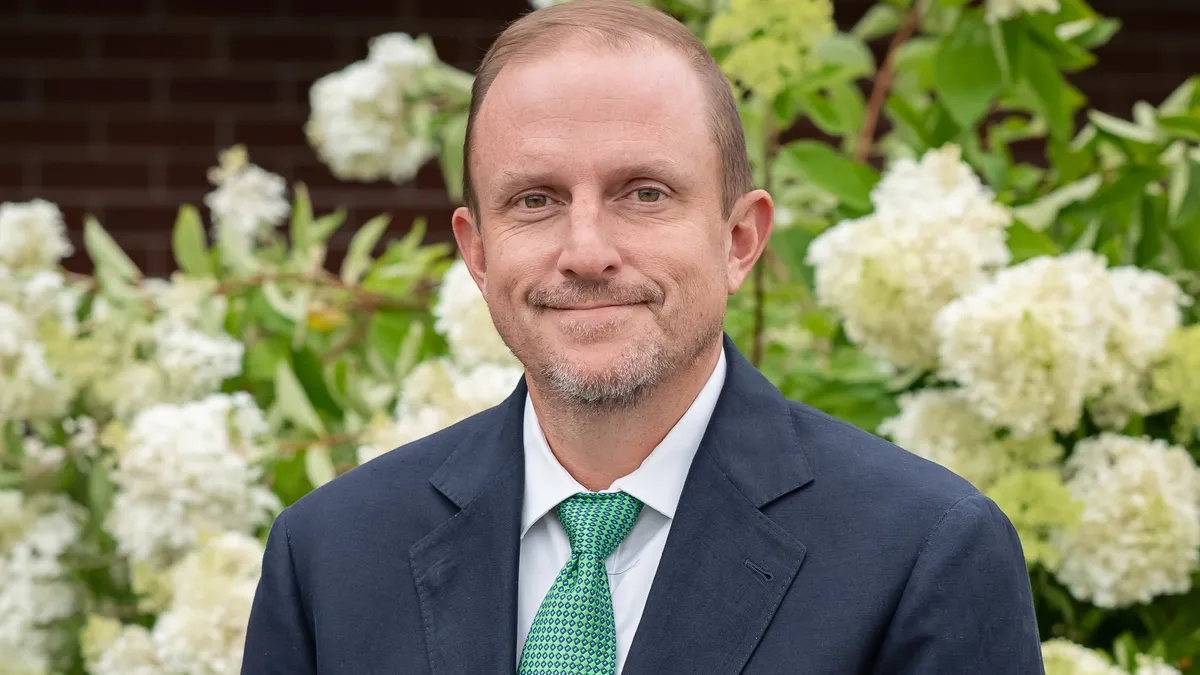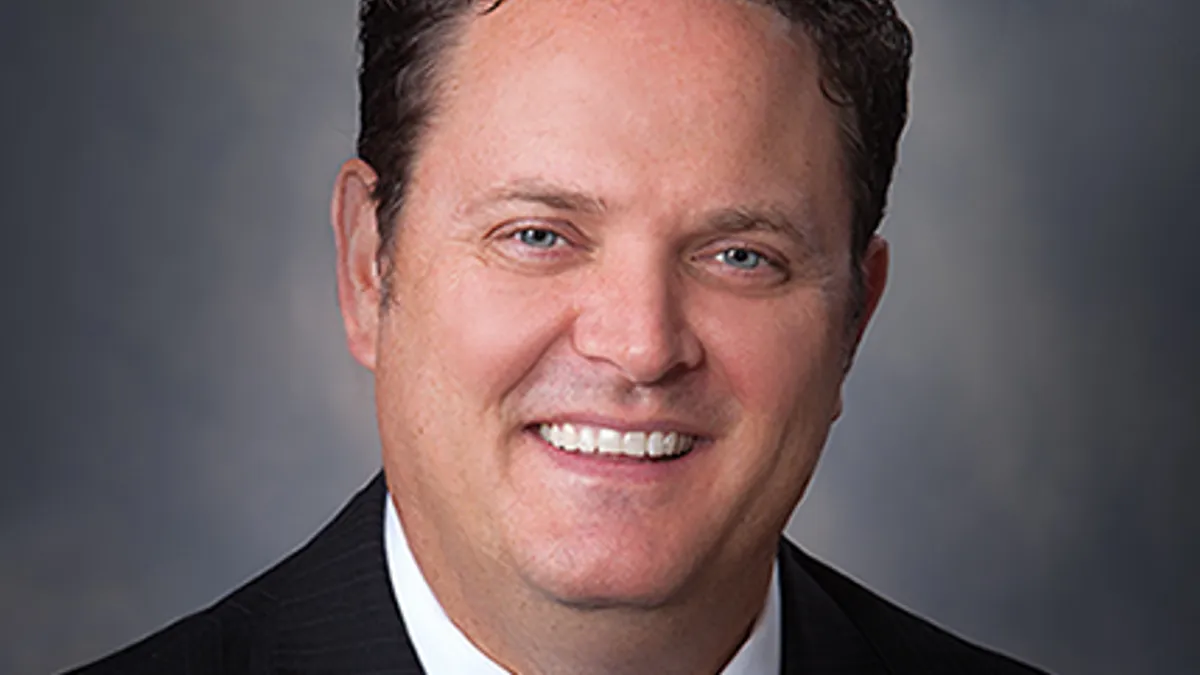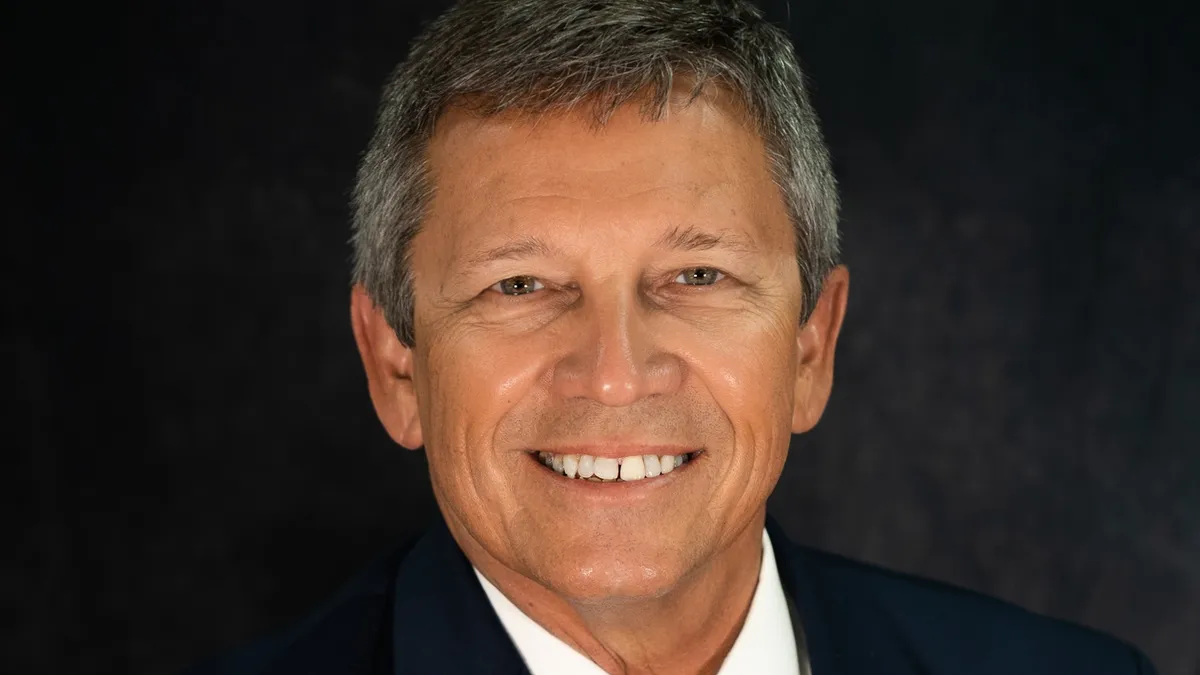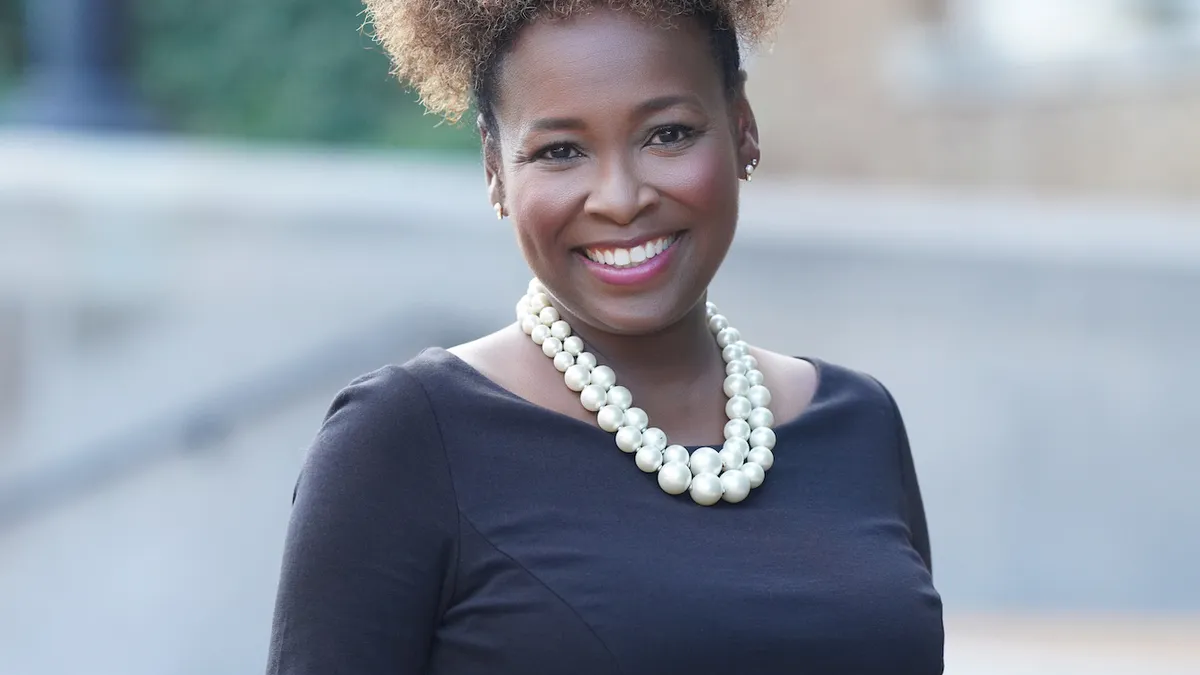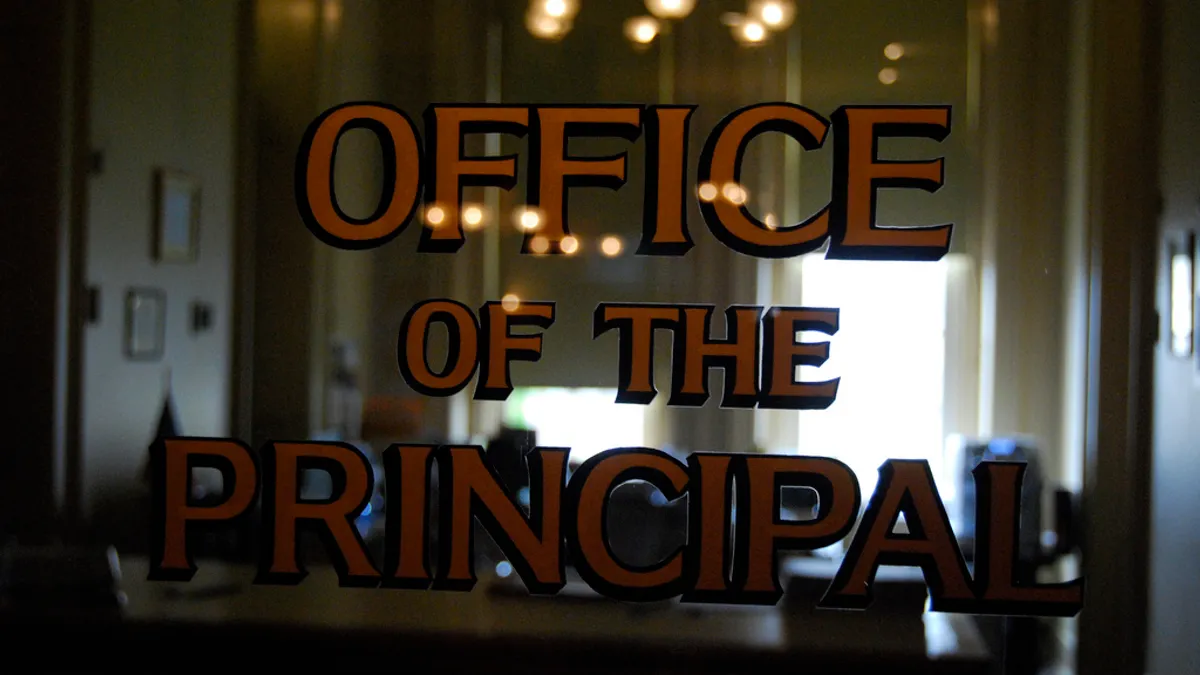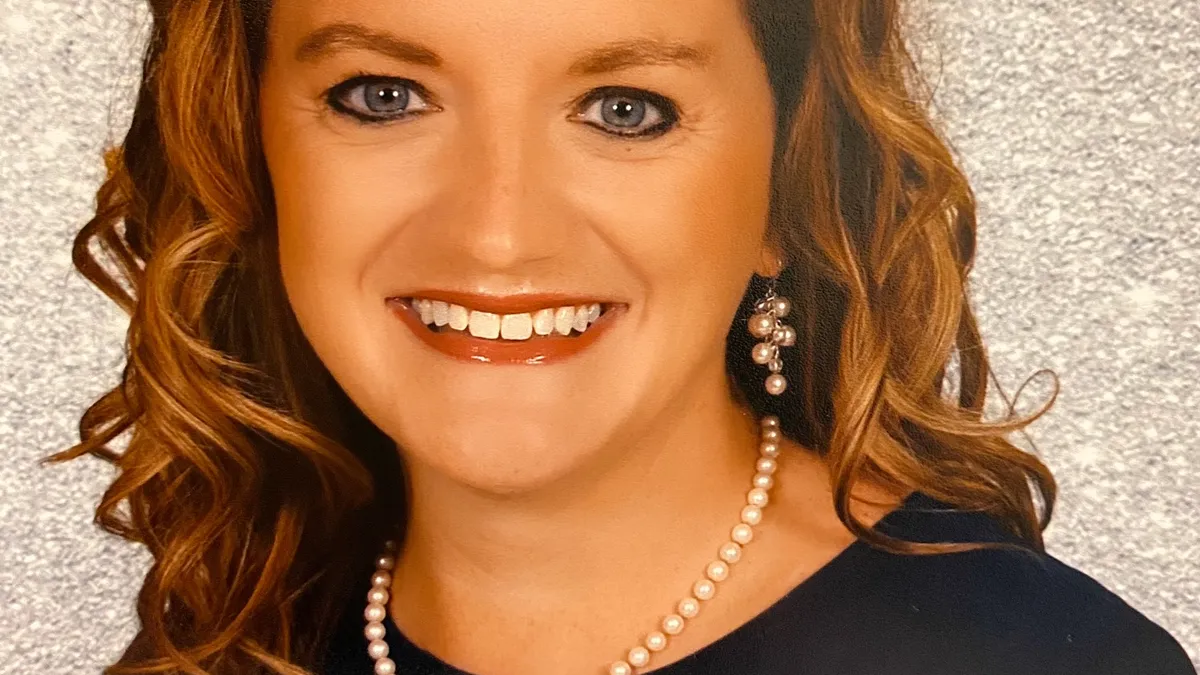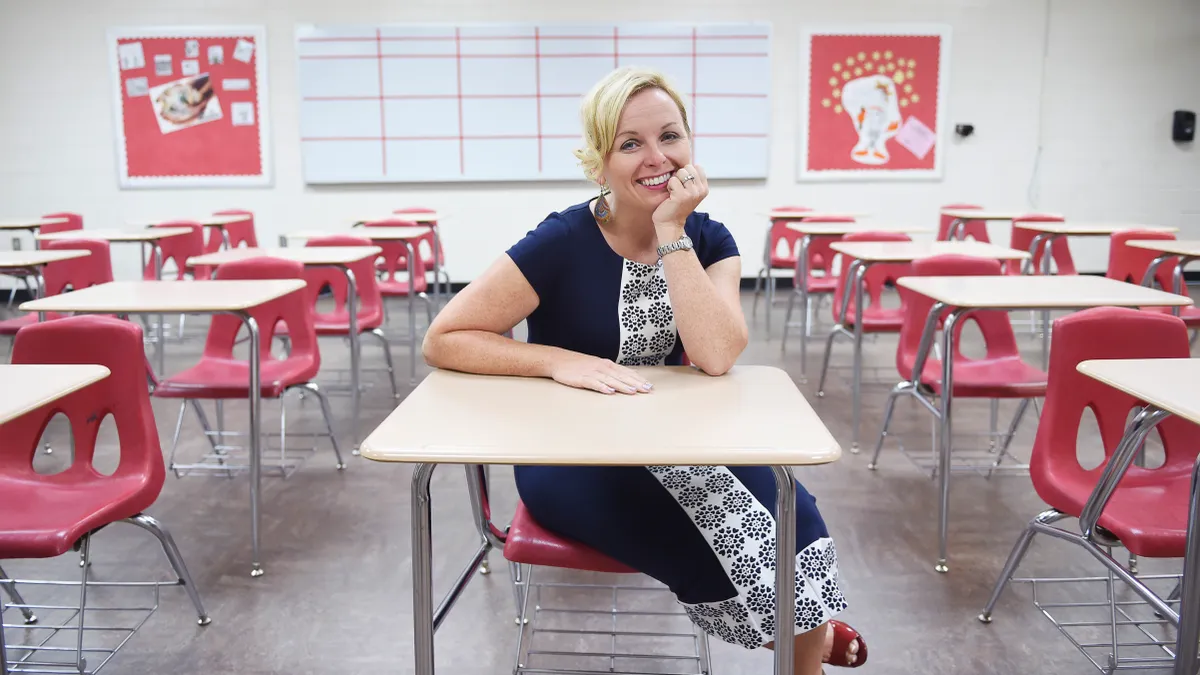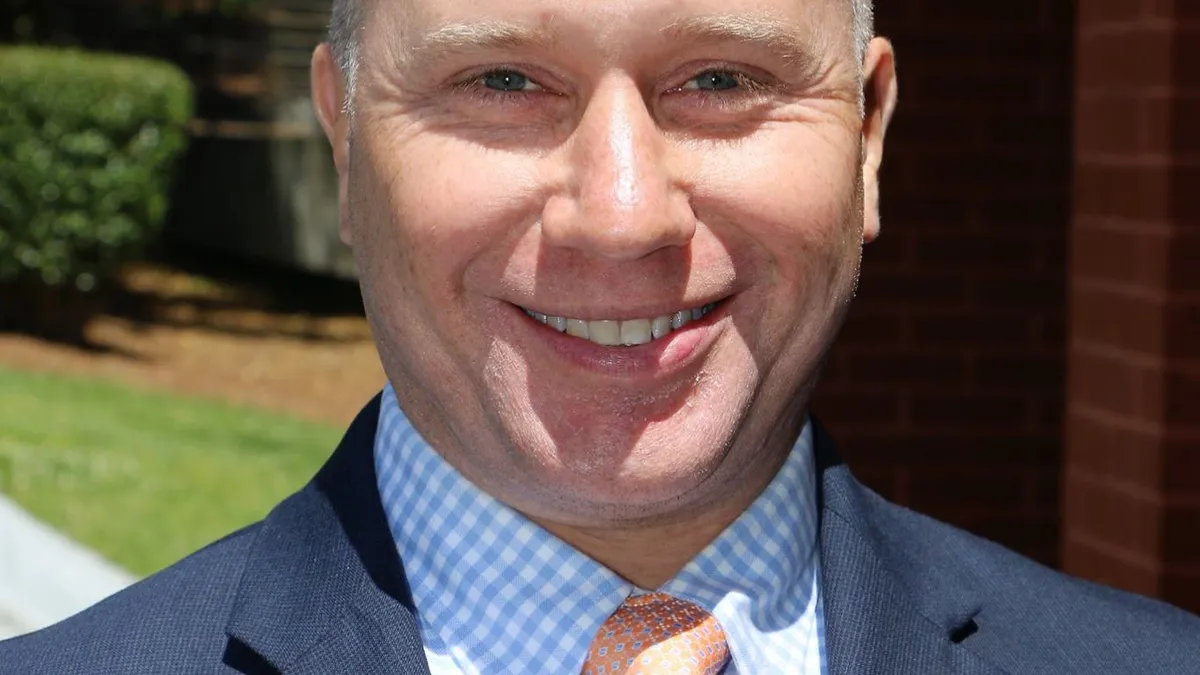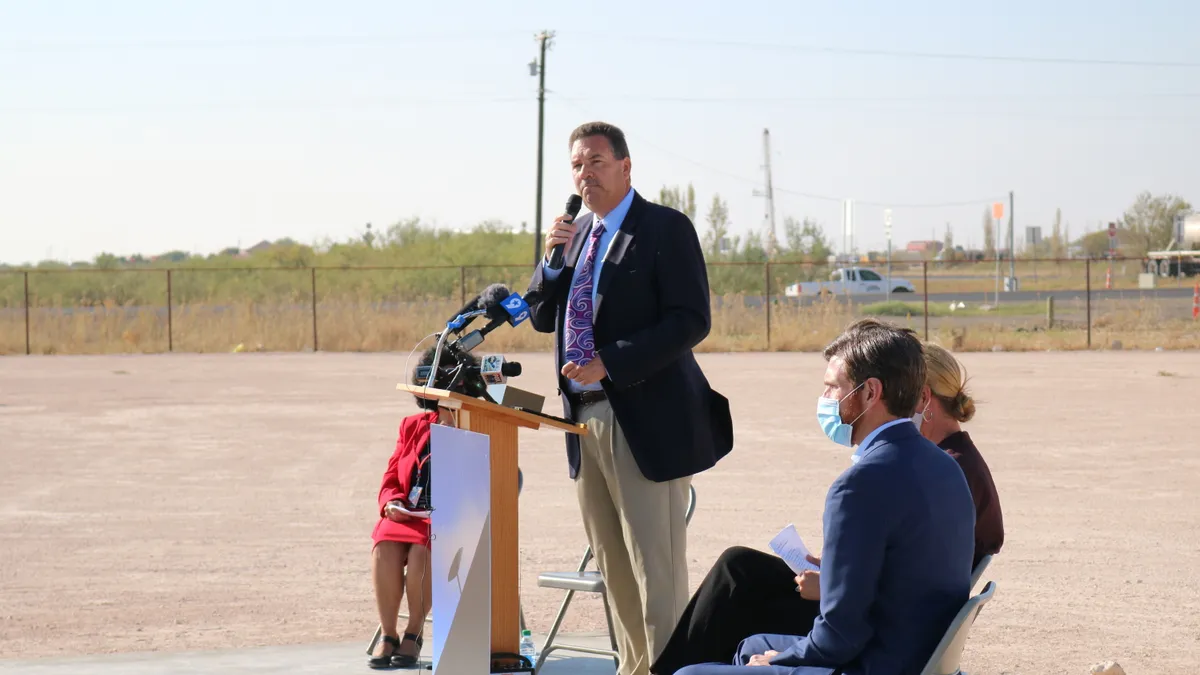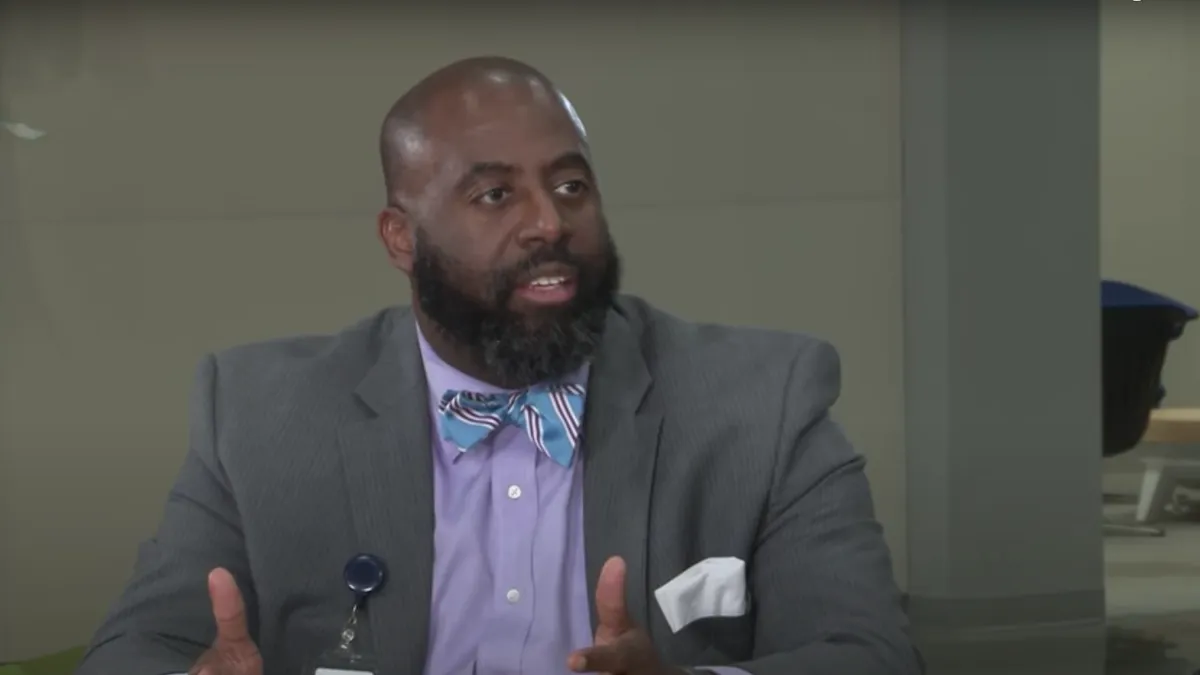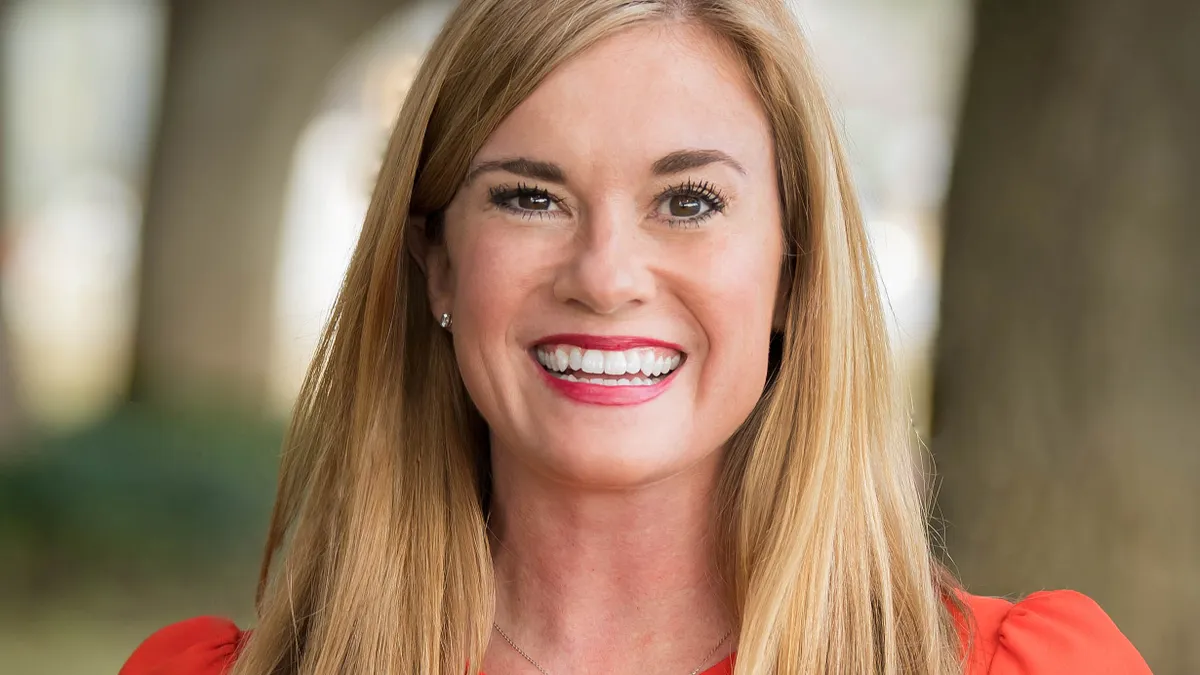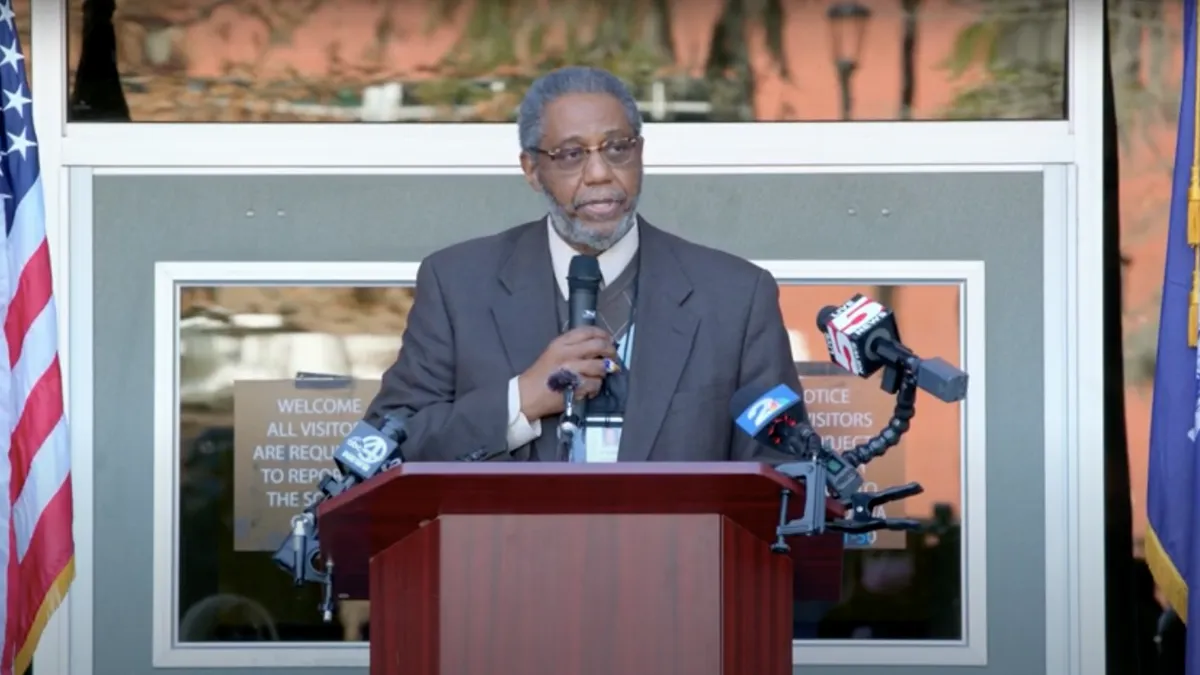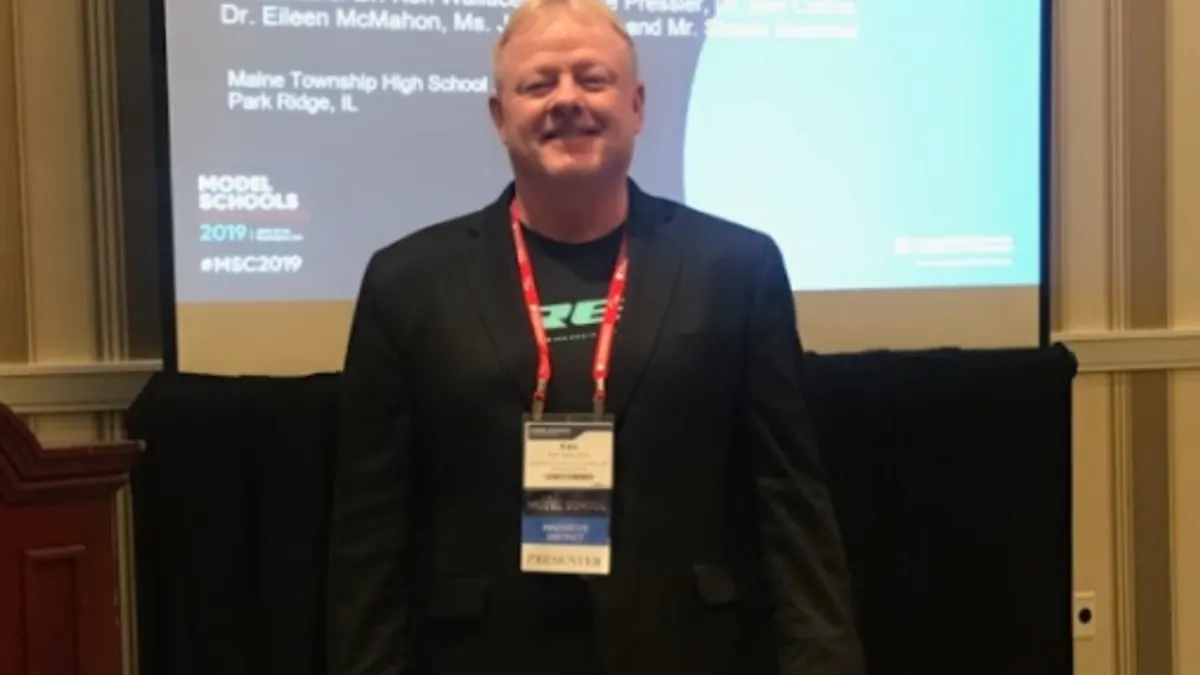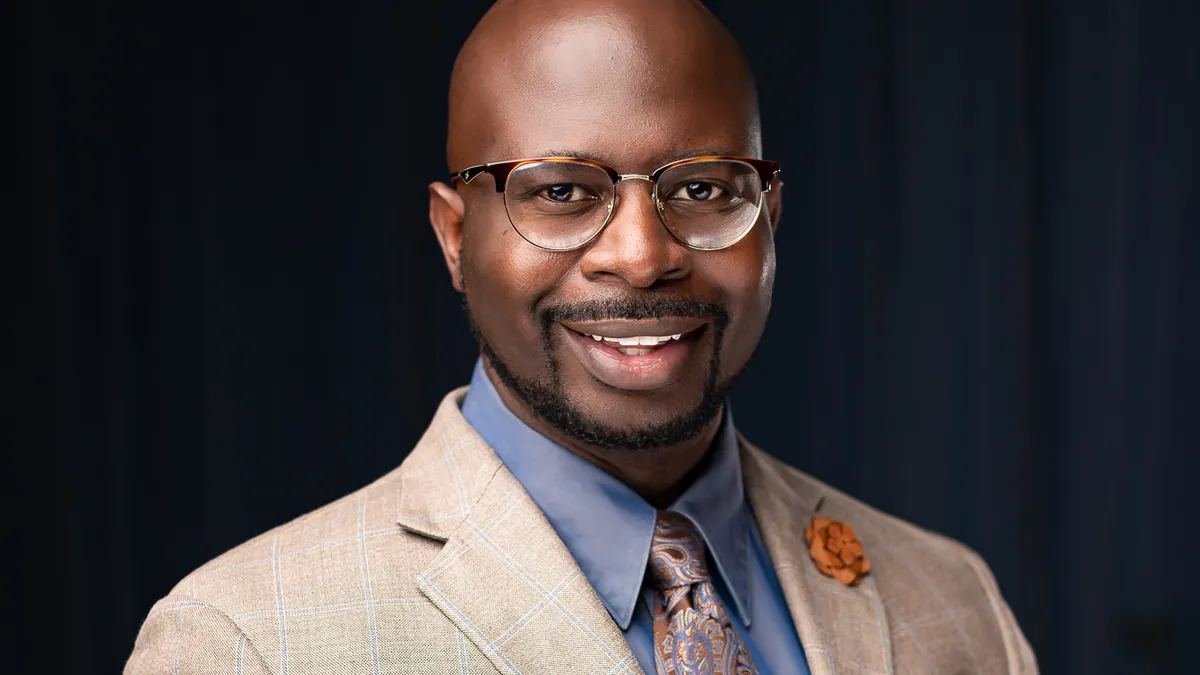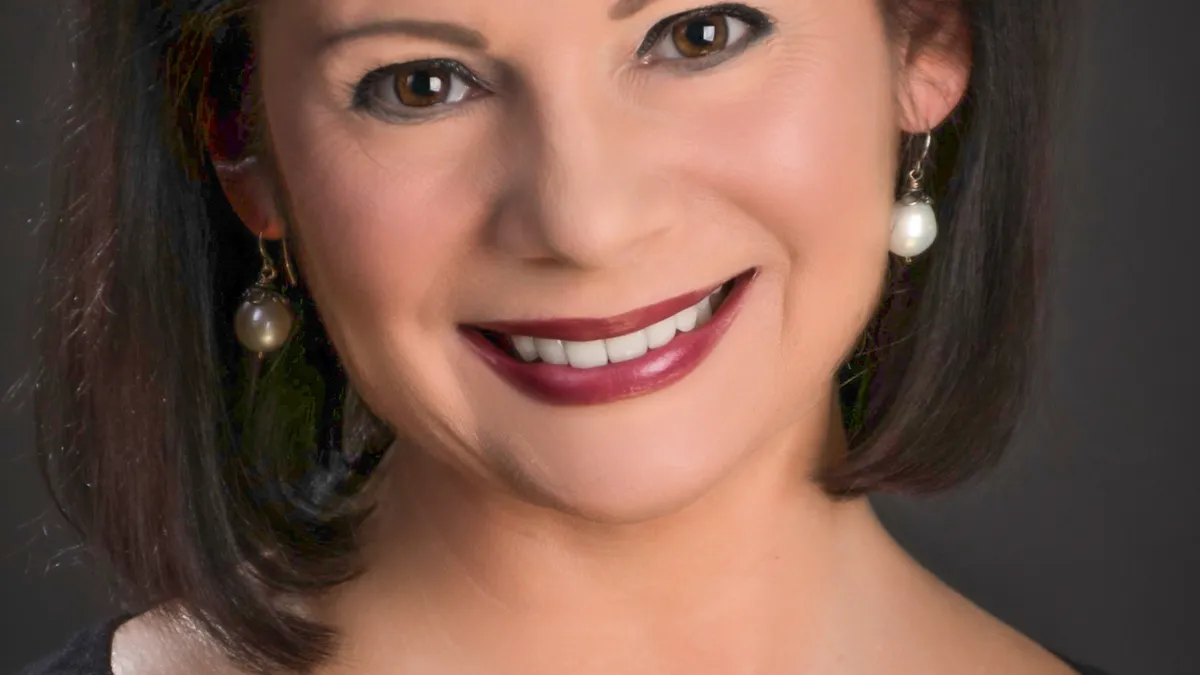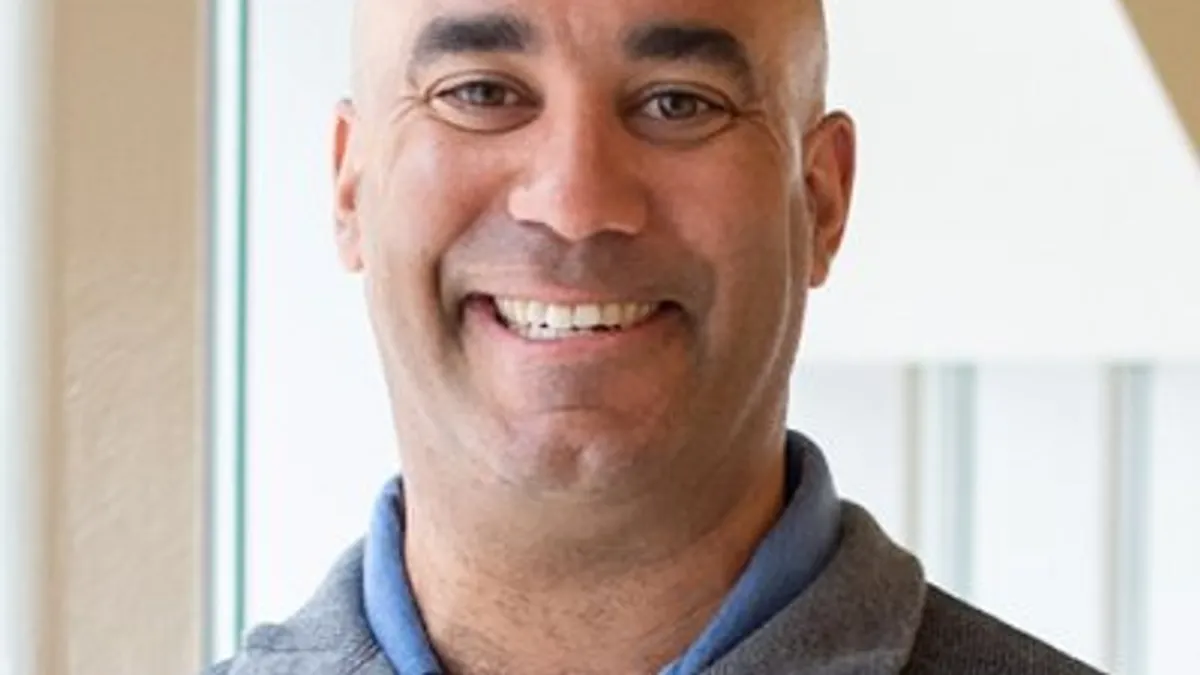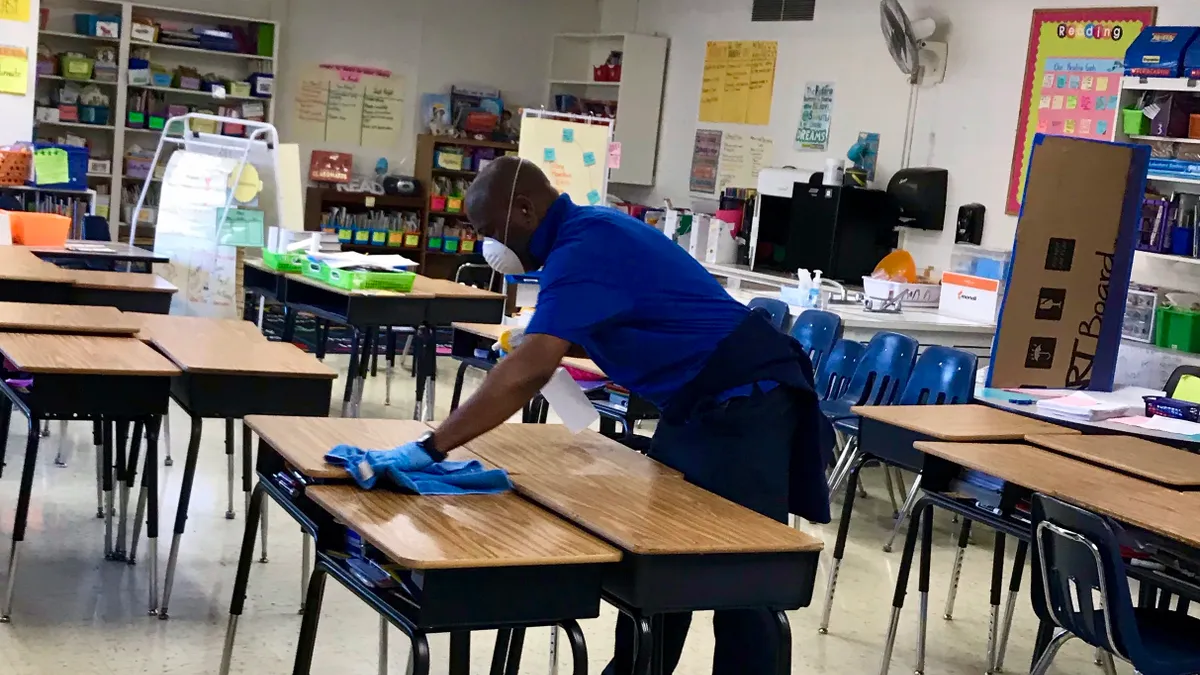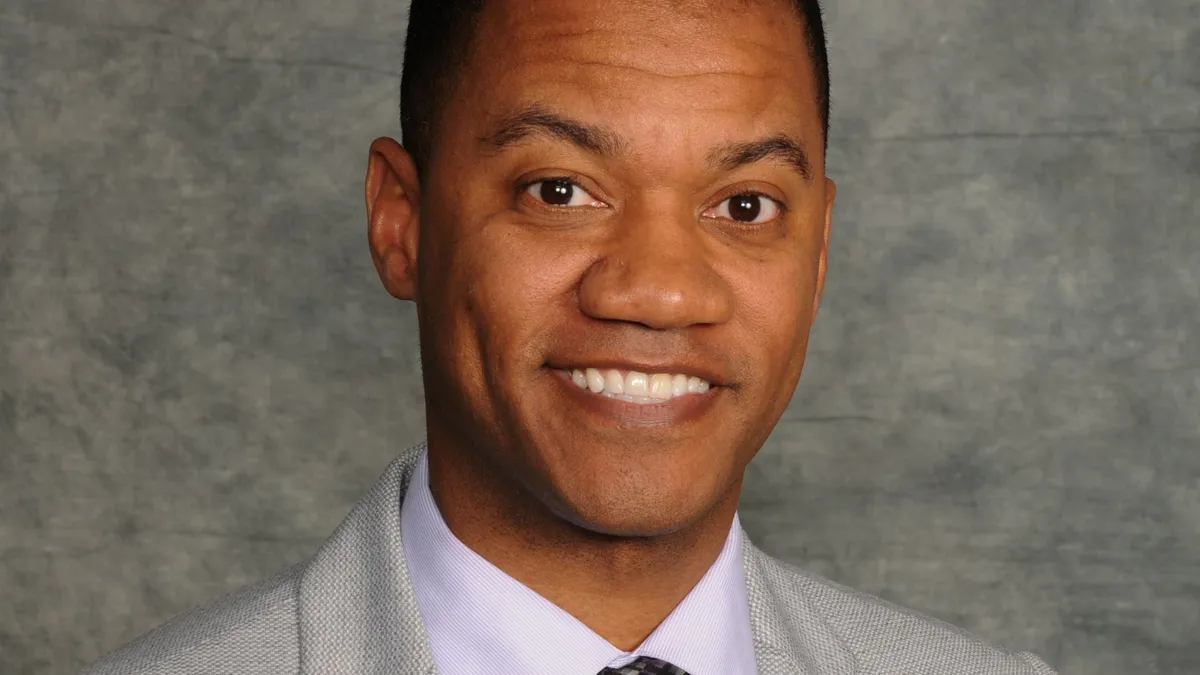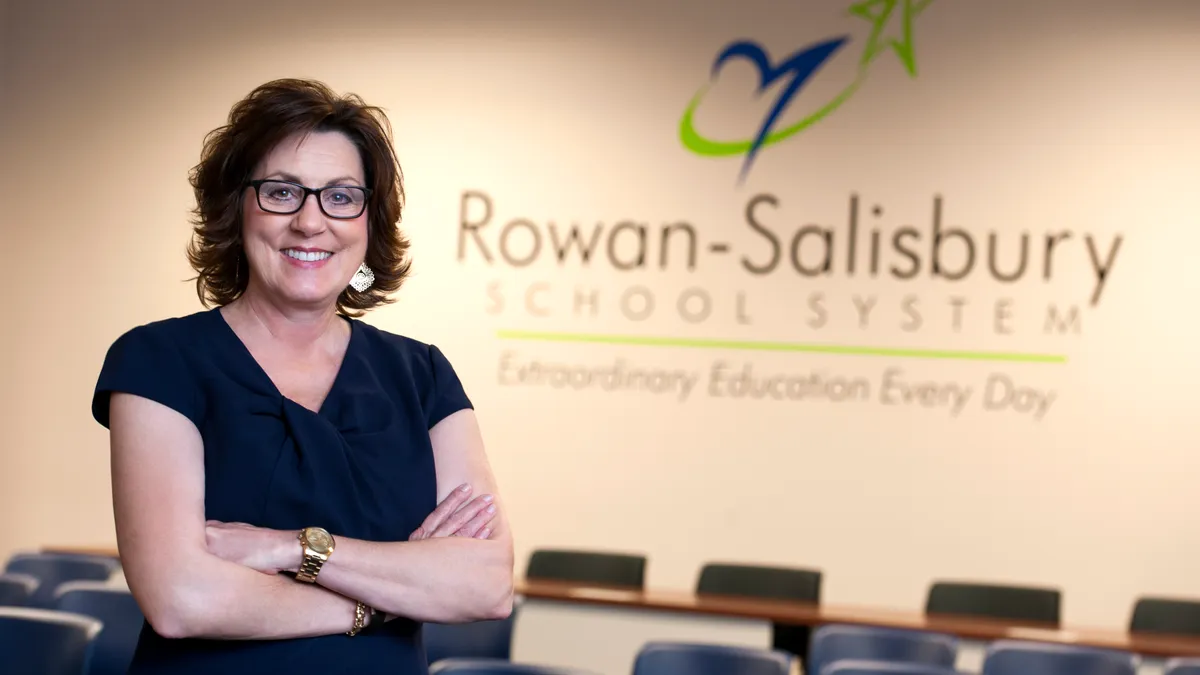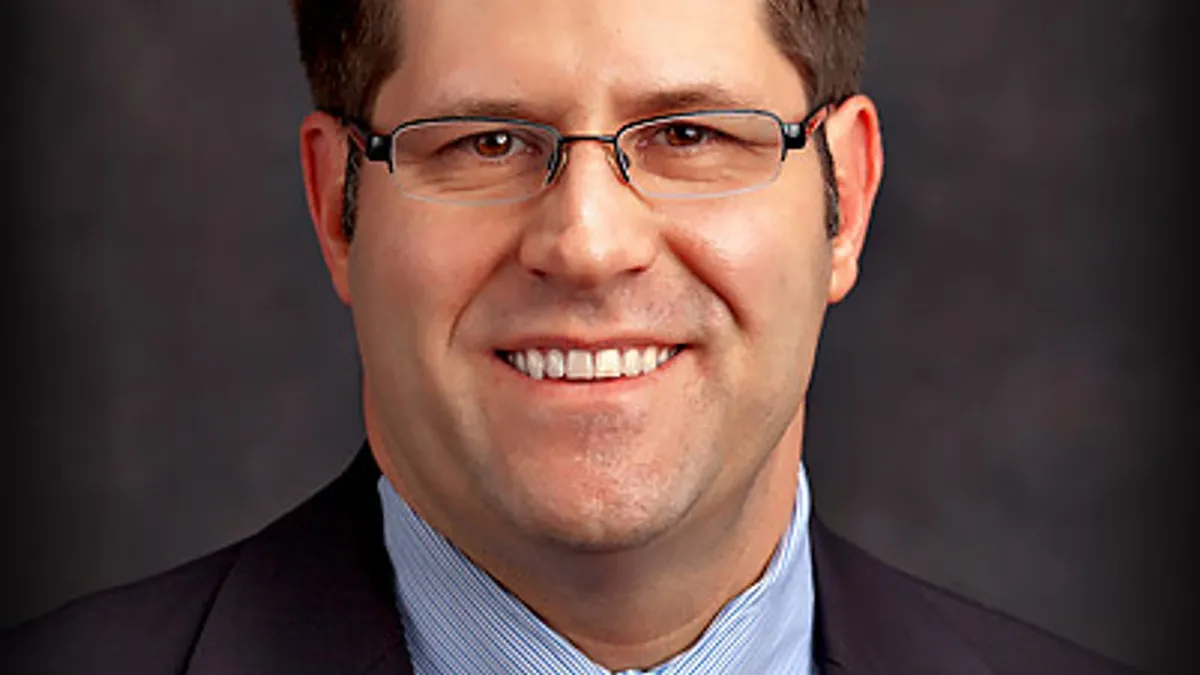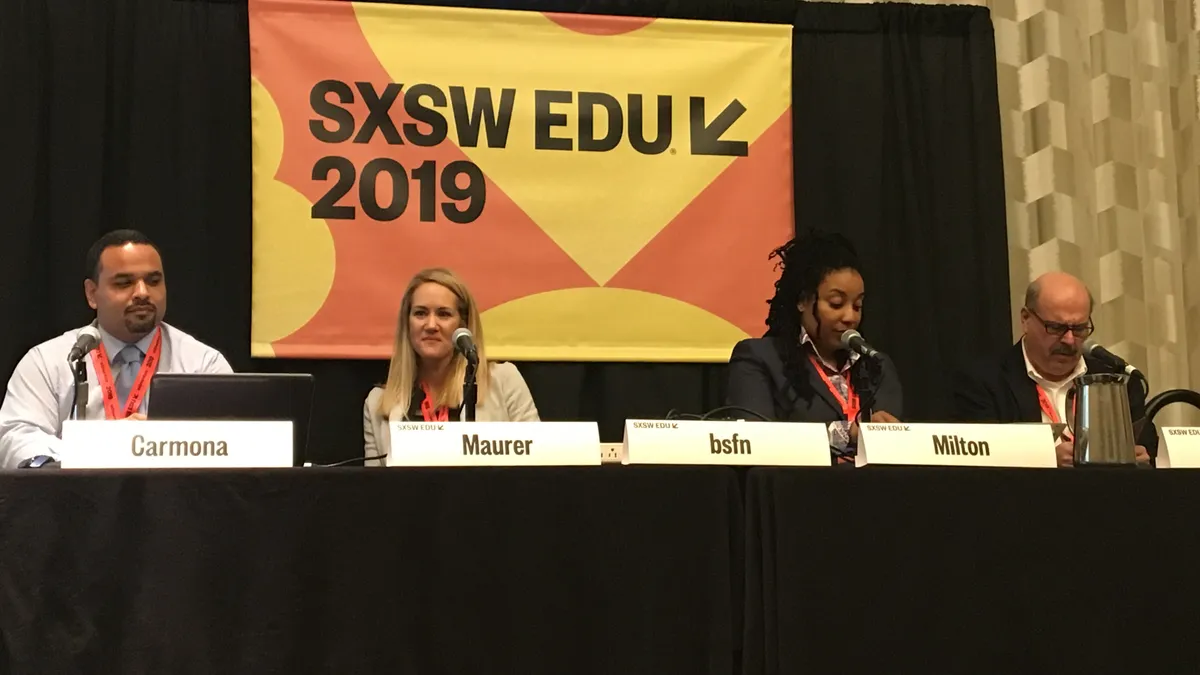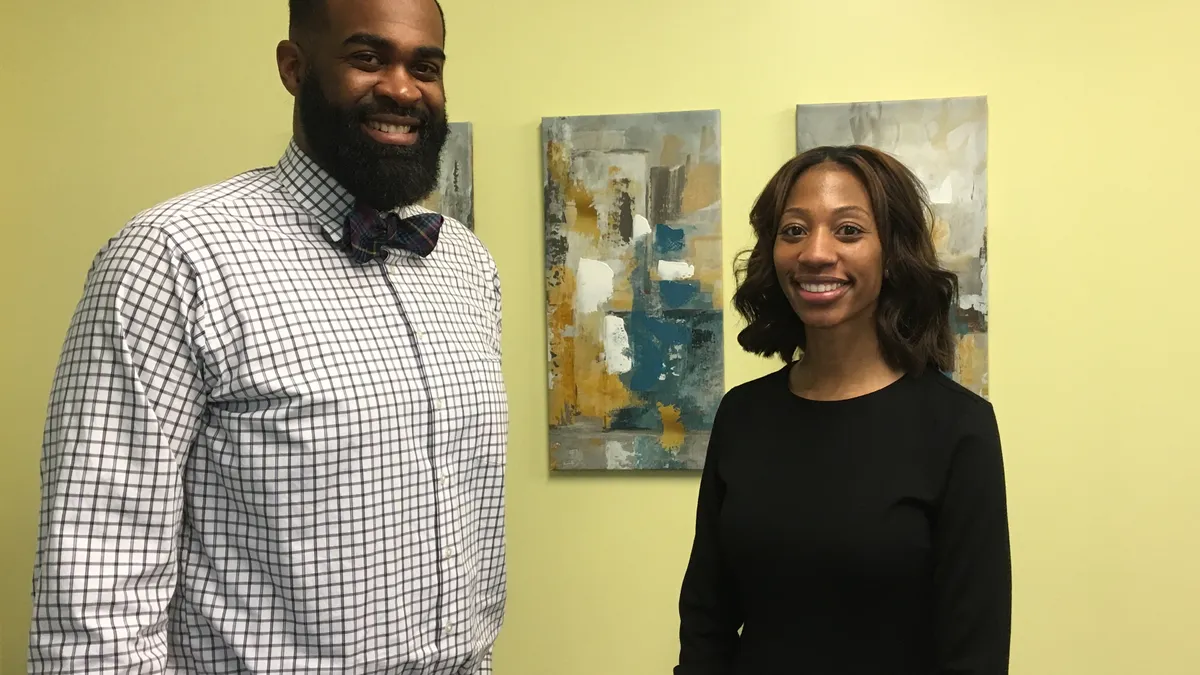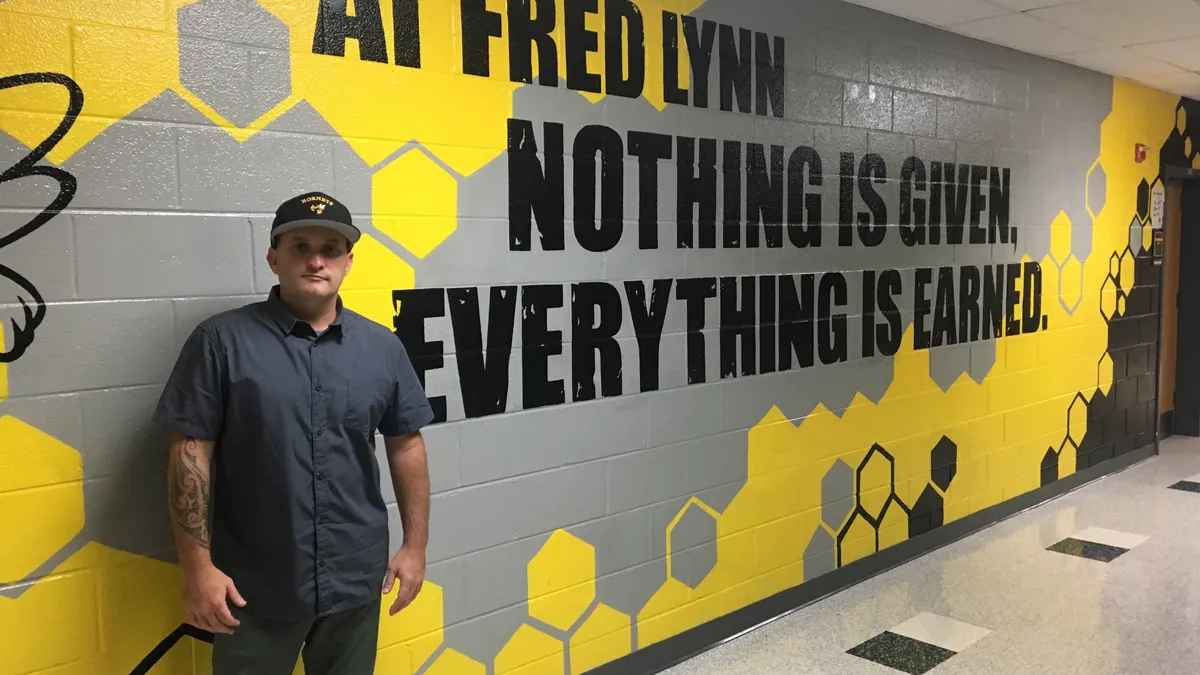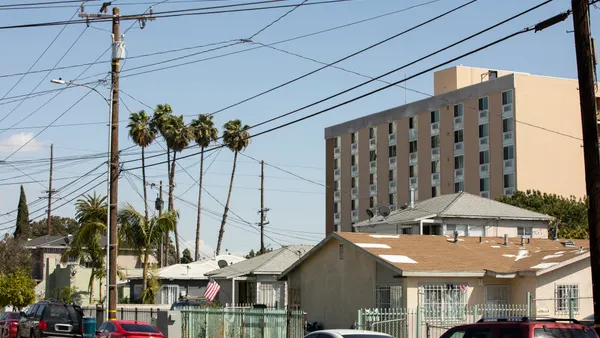Lessons In Leadership is an ongoing series in which K-12 principals and superintendents share their best practices and challenges overcome. For more installments, click here.
Following a roller-coaster process earlier this year that included Miami-Dade Superintendent Alberto Carvalho backing out after initially accepting the position, New York City named former Houston superintendent Richard Carranza as its new schools chancellor. Like his predecessor, Carmen Fariña, Carranza brings a lifetime of work in education with him to the position, including a decade in the classroom, serving as principal of two schools in two states, and previously leading four other major districts.
And also like his predecessor, who oversaw a number of "for all" initiatives that included an expansive pre-K program, Carranza is setting out to tackle major issues facing the system, like school segregation.
Education Dive recently asked Carranza how his previous experiences might shape his approach to NYC, and the importance of diversity not just among students, but among faculty and administration, as well.
EDUCATION DIVE: When you decided to take on the role of NYC Schools Chancellor, what were some of the most immediate challenges that you identified from the get-go?
RICHARD CARRANZA: In New York City, like everywhere else I’ve served, nobody likes a know-it-all coming in with a predetermined plan. For me, I decided to wanted to come in with my eyes wide open, my ears open, my open heart, and engage in a learning tour to ask the community what's working well, what perhaps isn't working so well, and what should I know as a new chancellor.
And I'll tell you, I've heard from a lot of educators, family, students, community members. For me, it's getting to know what the system is and what the structures are in the system. The context is really important in any organization. So I’ve learned a lot. I’ve learned a lot about the history of the New York City Department of Education, I've learned a lot about the city of New York, I've learned a lot about what New Yorkers believe in — live large. But I've also learned about some of the challenges and obstacles we have in the city.
For me, the biggest thing that I wanted to do was to come in and really get to know the city in a really deep way, and then be able to translate what I've heard and triangulate that with what I'm reading and learning into an action plan. I'm just about ready to come out publicly with some real stakes in the ground around that.
With New York being the nation's largest school system and Houston not exactly being a small system itself, what would you say is the most important lesson that you learned during your time in Houston, and how does that translate to your approach to New York City?
CARRANZA: I've served now in Tucson, Las Vegas, San Francisco, Houston and now New York. Five different school districts, five different states. And the one biggest lesson that I've learned in all of those experiences is, No. 1, you have to take a minute to understand the context, which is what I kind of talked about up front. But No. 2 is all about systems and structures. You cannot impact student learning, you cannot move communities positively, without understanding the context within which they've existed for years, sometimes decades.
That's been really important, to understand the context in New York City. It's also important to understand the system and the structures that exist in a school system. People always are clamoring for transparency. But I have found what that really means is people want a clear idea of who I talk to and who I advocate with on behalf of my child.
The work that we're going to be doing is taking this massive system and making it as transparent and clearly defined as possible. I always wear three hats when I'm thinking about the work that we do around systems and structures. I wear my parent hat: Does this make sense to me as a parent? I wear my teacher hat: Does this make sense to me as a teacher? And I also wear my principal hat: As a principal, would I be able to use the policy, the support, the professional development, to be able to move my school communities in a positive way forward?
Using those three lenses, we're going to be doing some work around aligning our systems and structures, being really clear about what we value in our school system.
And then the biggest lesson I learned in Houston was that best-laid plans are always subject to unforeseen circumstances. In Houston, we were getting ready to start the school year. We had a full head of steam, we had professional development, we had some great learning, we were clear on where we were going — and then we had hurricane Harvey. And all of a sudden, the best-laid plans became secondary to just recovery and getting back into school and helping people heal from that traumatic event.
You have to be flexible, but you have to be deliberate. Those are probably the biggest lessons that I've learned in all of my past few years of experiences.
One of the biggest issues facing New York City's schools has been the issue of school segregation. How does the city plan to go about addressing that?
CARRANZA: Well, I'll tell you that the issue of school segregation is something that's not unique to New York City. That’s been, in some cases, an intractable or perceived intractable condition in every community that I've lived in. I think what's different in New York City is that there is this desire to take it on. And it's tough, it's painful, it's hard, it's fraught with lots of different political land mines. But it’s the right thing to do.
In New York City — where you have 1.1 million students, one of the most diverse school systems in America, one of the most diverse cities in the world — when you look at the systems and structures that govern how students can access schools, there are some systemic barriers that prevent all students from having an opportunity to access all of the rich schools that we have.
But I do also think that we have an opportunity because we have a mayor that is very forward-thinking, that is very progressive about this and willing to have a hard conversation. And the mayor and I are committed to making sure that the schools in New York City are the fairest and strongest system in America. And we want to expand the opportunity.
When it comes to the issue of segregation, the common pushback is gonna be, "Well look, if you get progressively better in the elementary and middle schools they'd have a better shot at passing the test getting into a specialized school."
From my perspective, we've already started doing that. The city has invested in universal pre-K. It’s now invested in 3-K, so we're taking 3-year-olds and preparing them so when they hit kindergarten, they're ready to go. We're preparing them. Under the Renewal School initiative of New York City, we're strengthening and putting resources and attention to some of the historically under-supported schools, and we've seen some success in moving schools to a higher degree of academic achievement.
It's not like we're just taking on segregation for the sake of segregation. We’re actually doing some concrete work in improving the academic performance of schools all through the portfolio.
But at the end of the day, we have to ask ourselves, in a public school system — and I'm underlining the word public — I believe that we have to provide the broadest opportunities for the broadest number of students to access not only some of the elite schools in the school system, but also really good schools in everybody's neighborhood.
On a similar note to the segregation issue and diversity of the student body, how important is it that, no matter what schools students are in, that they see educators or administrators who look like them and maybe even speak the same language as them, even if they're not directly taught by that person throughout the day?
CARRANZA: I think it's important. I know when I was growing up, I had some strong mentors that were not necessarily Latino or Latina, and I learned a lot from them. But I also know that it became very apparent to me as a Latino, male English language learner during my school years, and I saw Latino males that were teachers. I saw Latino males that were principals. I saw a superintendent that was a Latino. It gave me, perhaps, where I thought maybe I can't go to college, perhaps I can't do that kind of work — all of a sudden, I saw role models that were doing that kind of work and had a very similar background to me.
It's incredibly important from that perspective. But I also think it's not just a matter of having representatives that relate to kids in the classroom or in schools. The work that we're doing around culturally relevant pedagogy, understanding how kids learn, and understanding the role of heritage and culture and how kids view the world is an important aspect.
When we're teaching, we're helping educators to develop their lens in that regard, I think it helps them relate to students better, and it helps them to think, perhaps, about how they structure lessons, how they impart lessons. The exemplars that they use for talking about, I don't know, political figures or historical figures or literary figures or even mathematicians — it just broadens a curriculum, and it makes it much more inclusive for everyone.
What makes it a particularly interesting but incredible opportunity in New York City is that this is the largest system in America. You know, 1.1 million children, 1,800 schools, and a vast geographic footprint over five burrows, it makes it very, very interesting at this scale to be able to do this kind of work.
It's not the work for the timid. As a chancellor, you've got to be very transparent and very direct. New Yorkers, by and large, like it direct. You have to be direct, you have to be transparent, and just be really clear about what we're trying to get to.
Do you feel that as the nation's largest school system, New York City is well-positioned to set an example for best practices on a number of these issues for other schools nationwide? And how easy or difficult is it to compare districts, kind of apples to apples, on these topics and even scale these solutions?
CARRANZA: Yeah. Again, as I alluded to in the previous response, that's the challenge and the opportunity in New York City. You know, we have five boroughs. One of the boroughs is the Bronx. If the Bronx were its own independent school district, it would be the 13th-largest school district in America. It's larger than Dallas, Texas. When you think about it, it's just one of five boroughs in New York City, it gives you a sense of the massiveness of the system.
But size apart or size aside, I think the other issues are remarkably similar to the other issues in urban environments in which I've served. We've already talked about integration and segregation. We've talked about lifting teachers and treating teachers as professionals so that their voice is included in policy development, but it's also included in professional development, it's included in how we talk about the teaching profession, empowering families to be active participants in their students' educational experience. That's very, very, very similar to the work in other districts and challenges in other districts.
In New York City, we've also taken the lead in some things. I mean early education, pre-K for all, ubiquitous across the city. The fact that a 4-year-old anywhere in this city can apply to and get into a pre-K program that's not that far from their home is a game changer, and the literature is really clear about what that does in terms of accelerating student achievement at the earliest grades. It hasn't been because the State of New York has invested in that. It's here because the City of New York and the mayor and the city council have put dollars into making that possible. That's unique, and I think that's something that could be spread across the country.
I know we've also taken on a massive amount of turnaround work in all of our schools, but we've done it without the approach of closing schools and firing people. We've done it by investing in things that we know that matter. And the things that we know that matter are really targeted, actionable professional development for teachers, a voice and a space for teachers to actually collaborate around problems of practice, making sure that principals are supported and have good resources to invest in meeting the needs of the school community. We know that we've been really clear at aligning central office support to serve our most underserved schools, which is the equity lens that I referred to earlier.
There is so much in New York City that I'm so proud of, and every day it seems I learn about new things that are really, really well done.
One of the things that I want to do is start sharing that with the country, sharing that with others, presenting at professional conferences — sharing the good work that's happening in New York City so that others can replicate. But in those kinds of conversations, we also want to learn from others around the country that are doing good work, as well.








